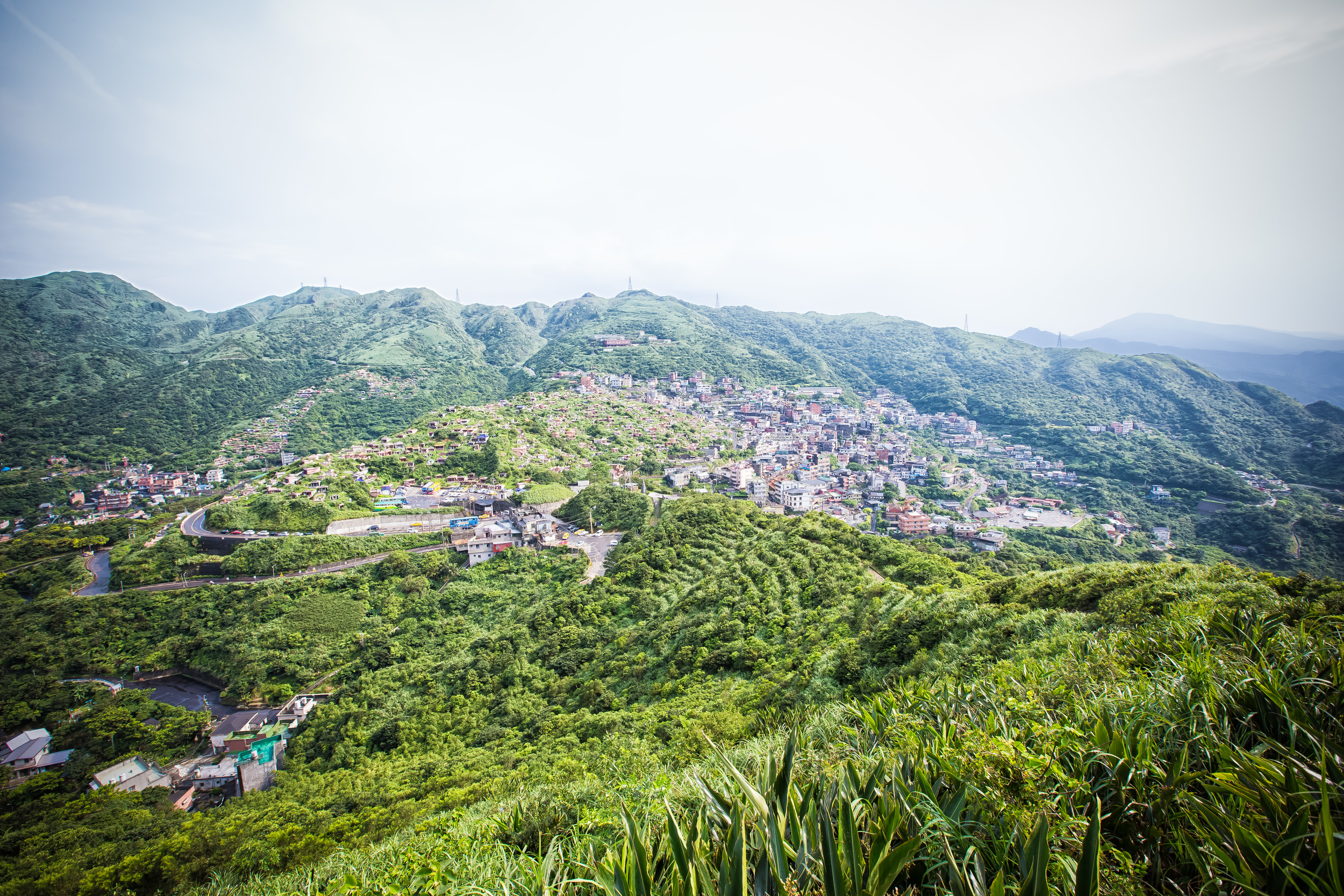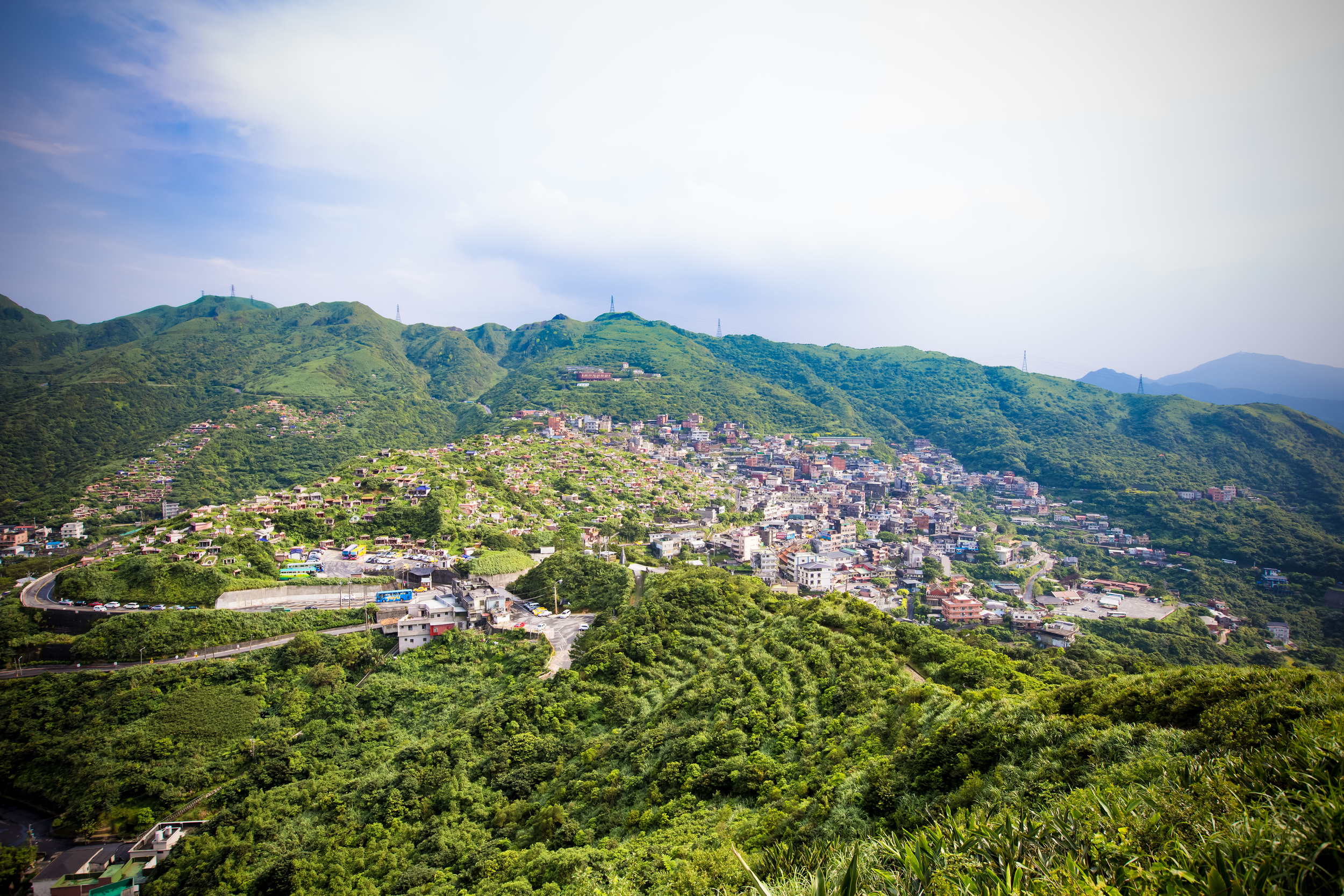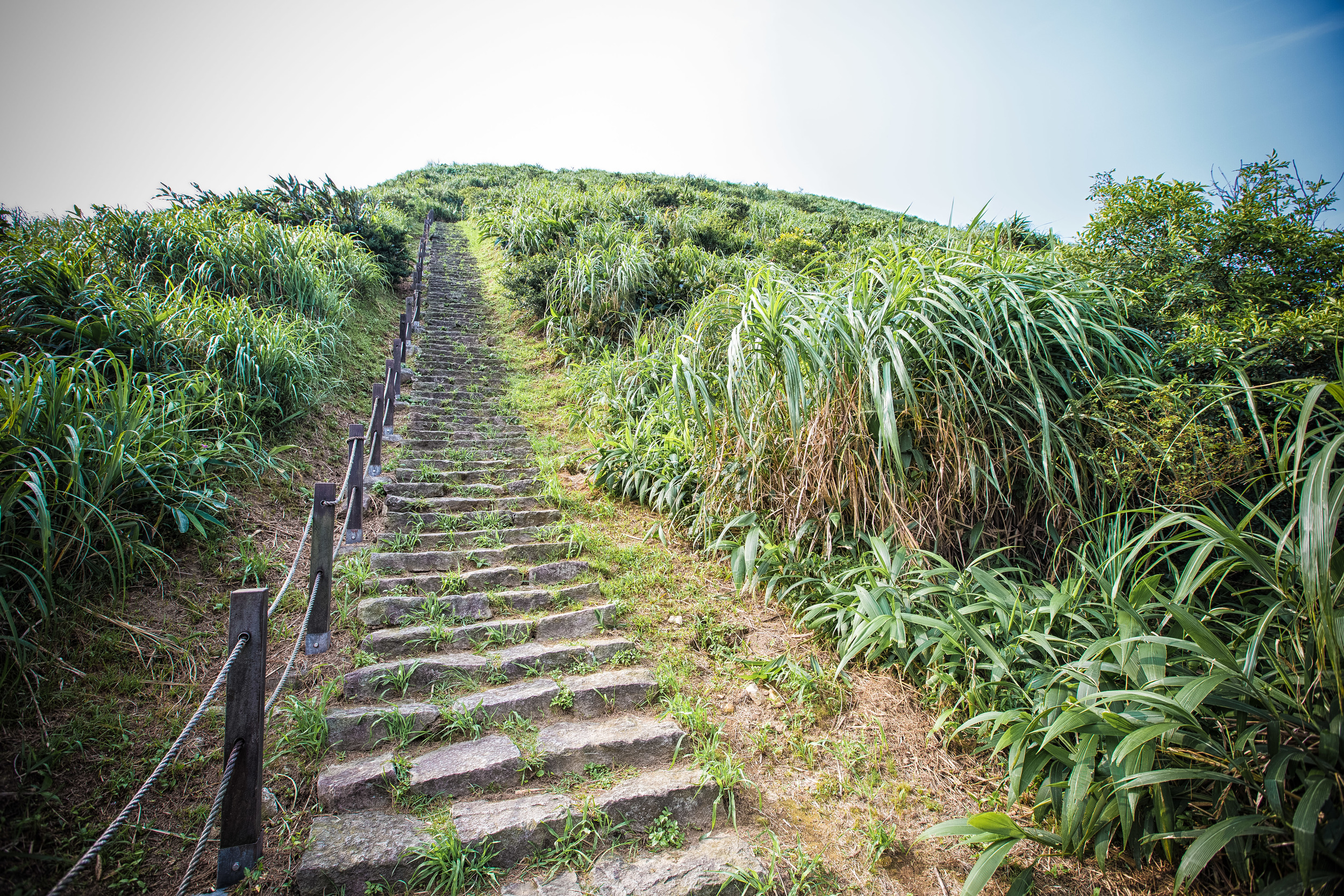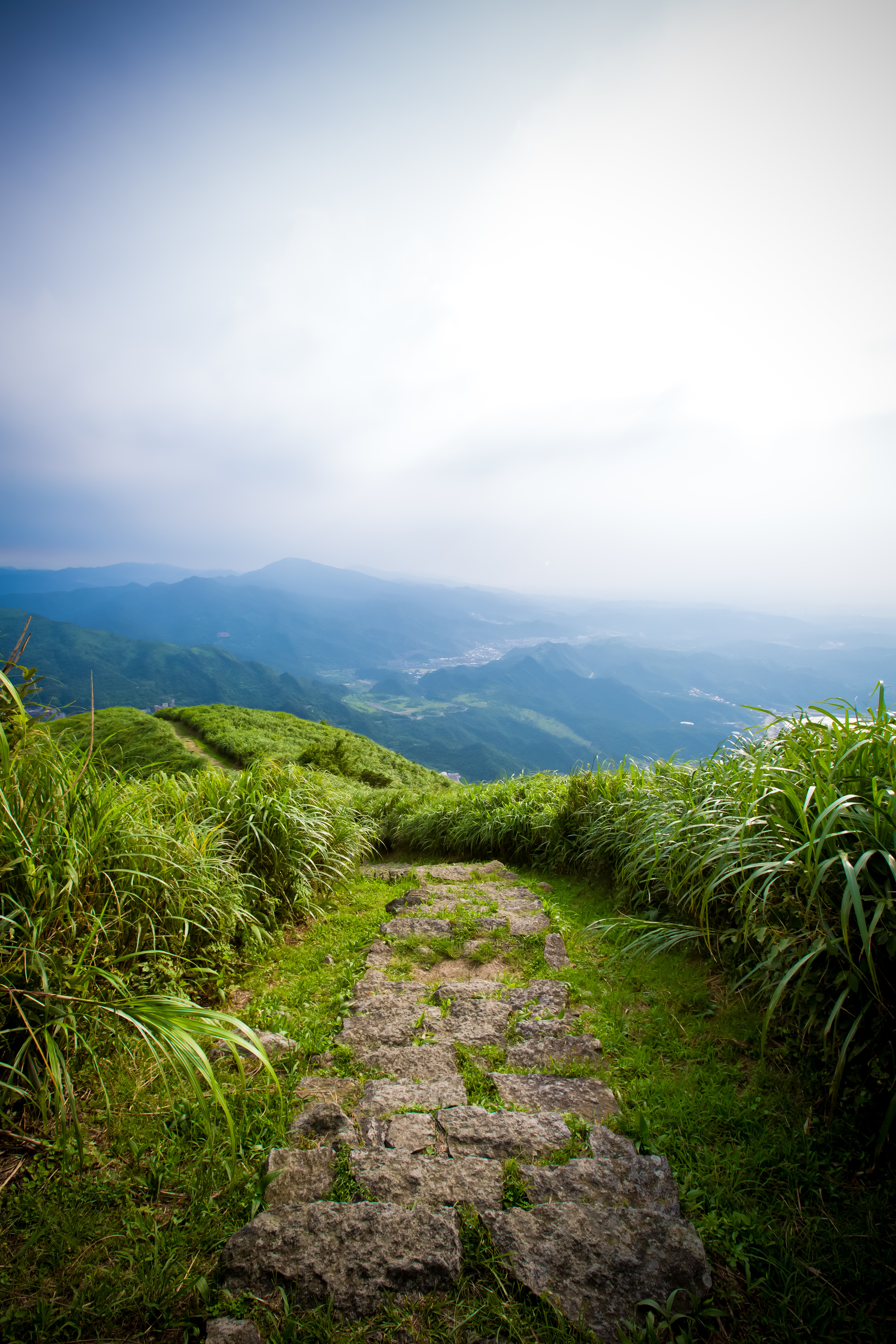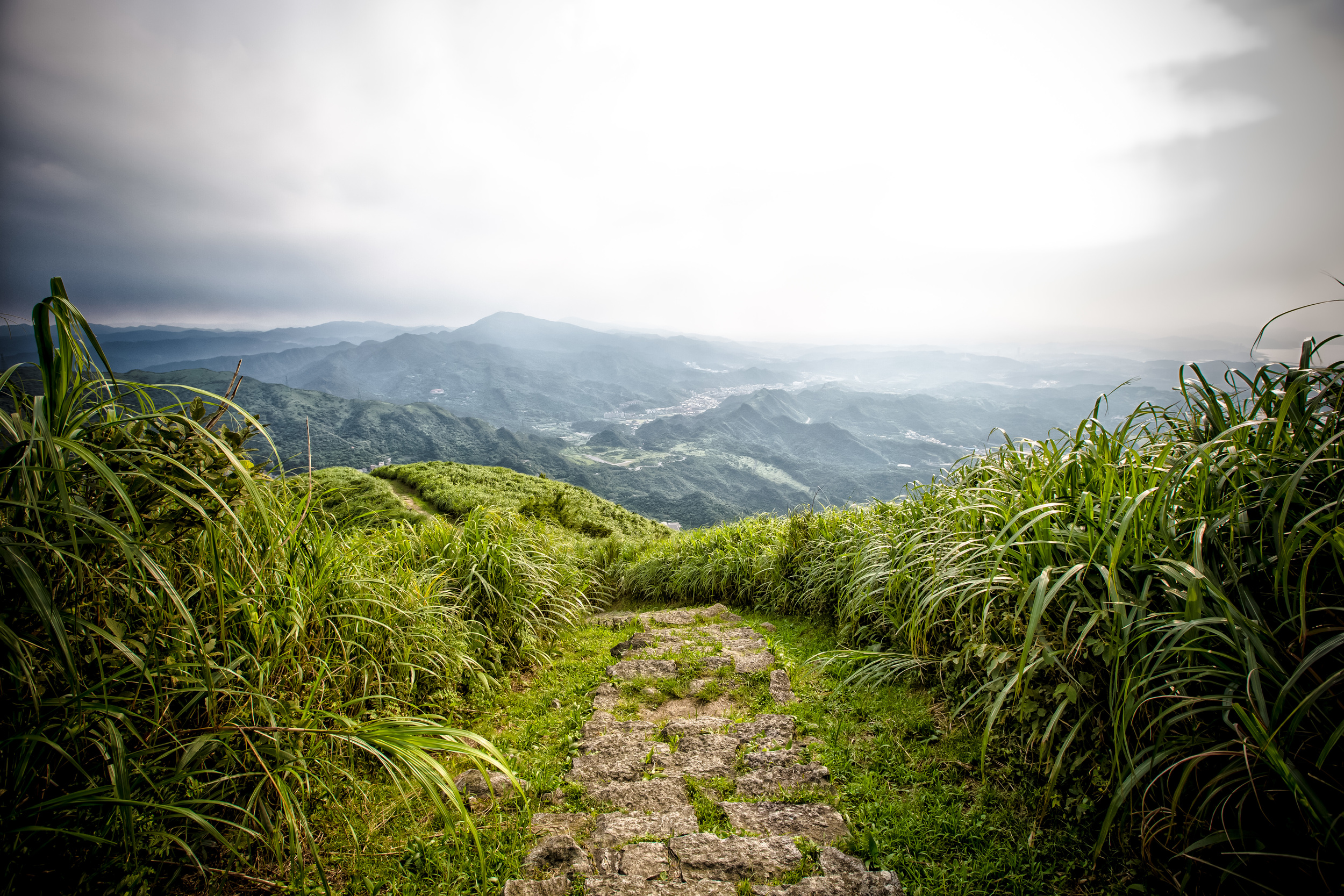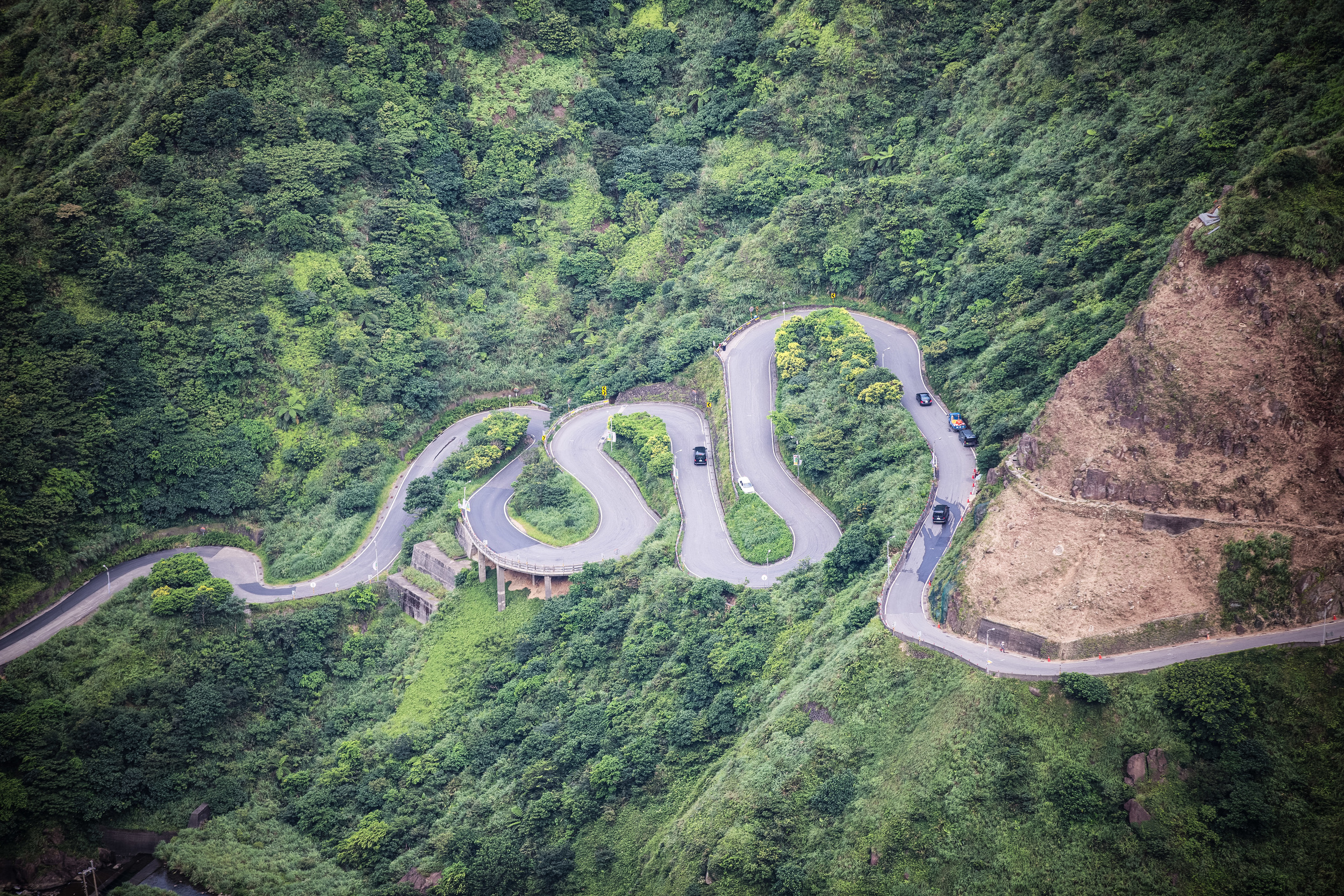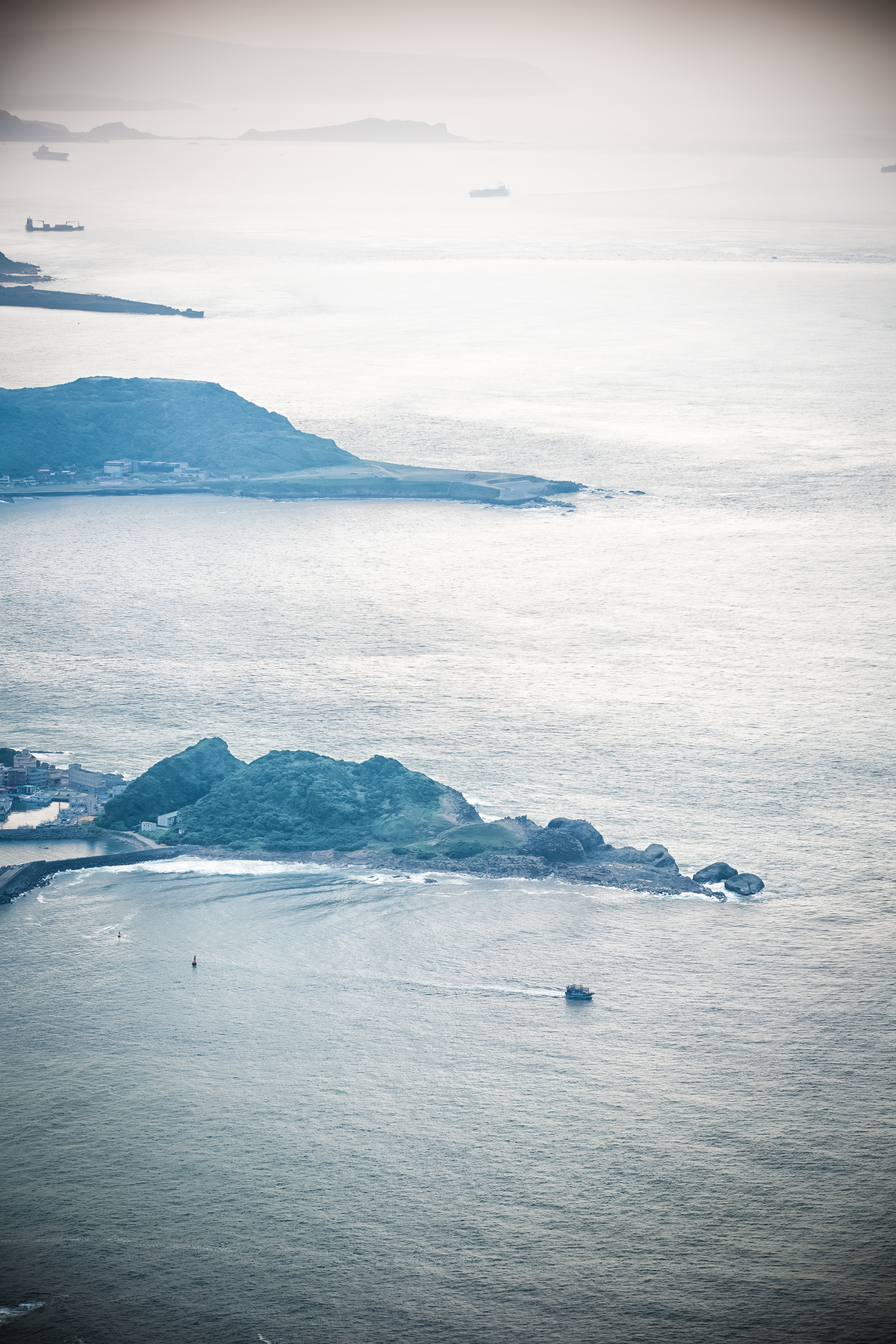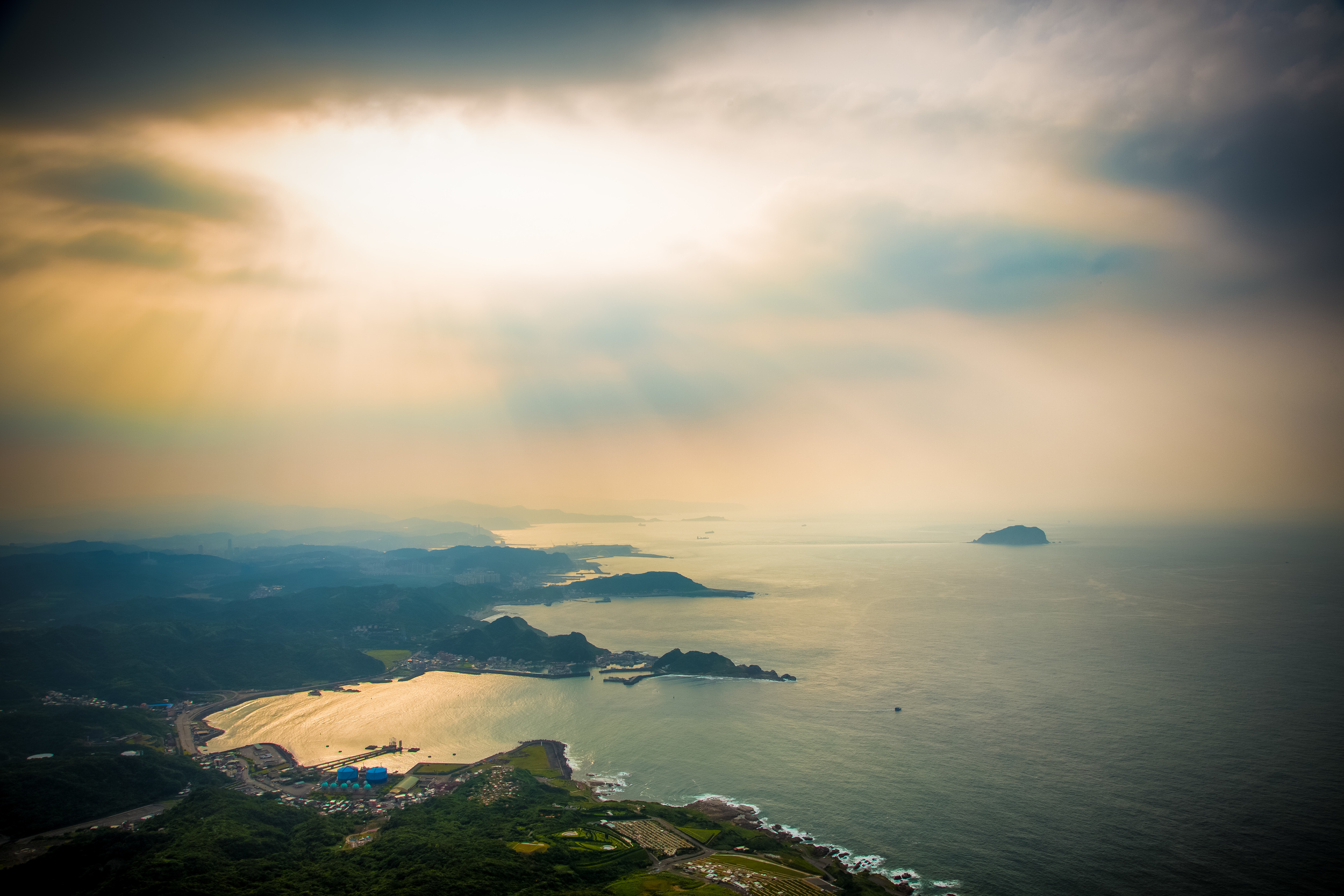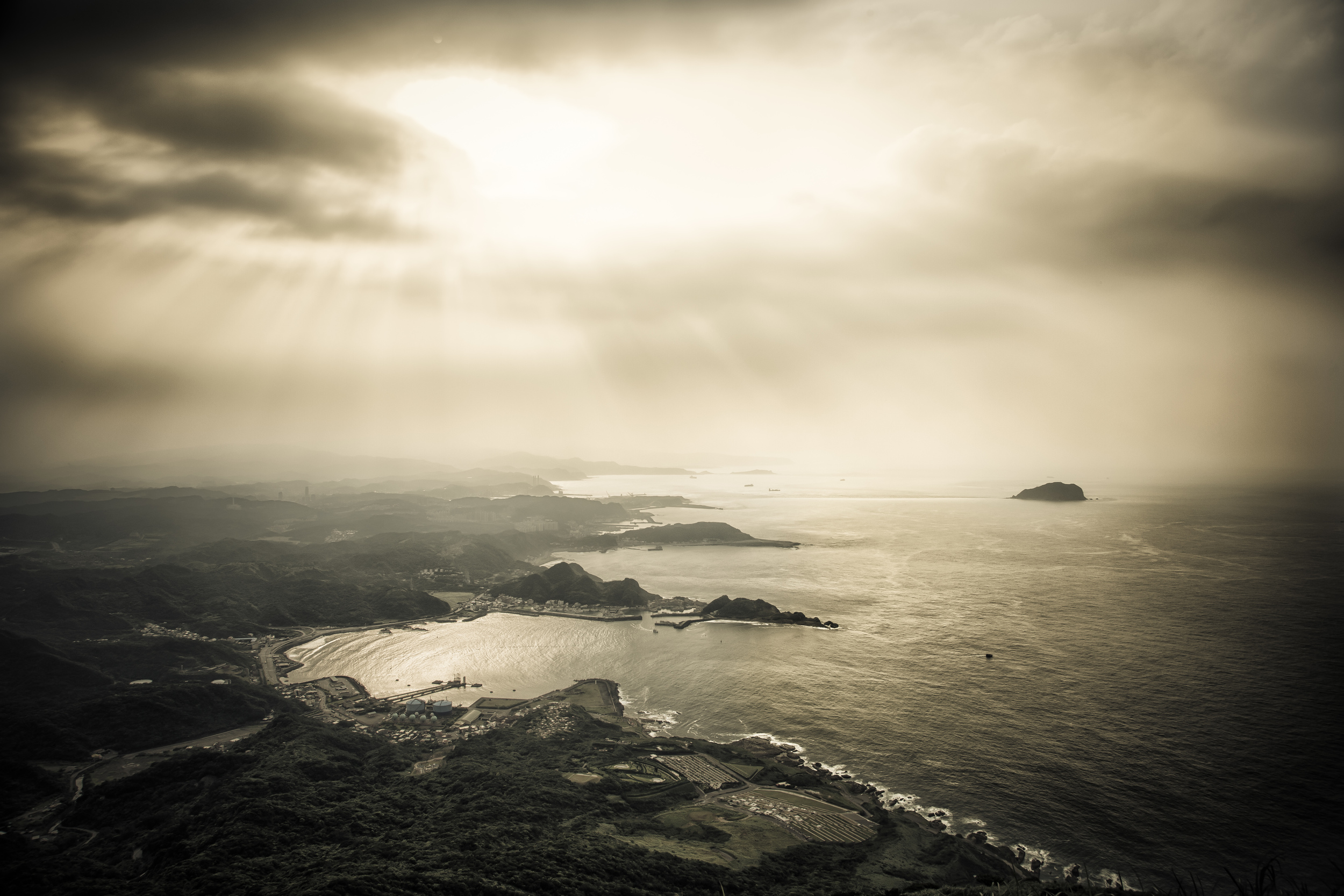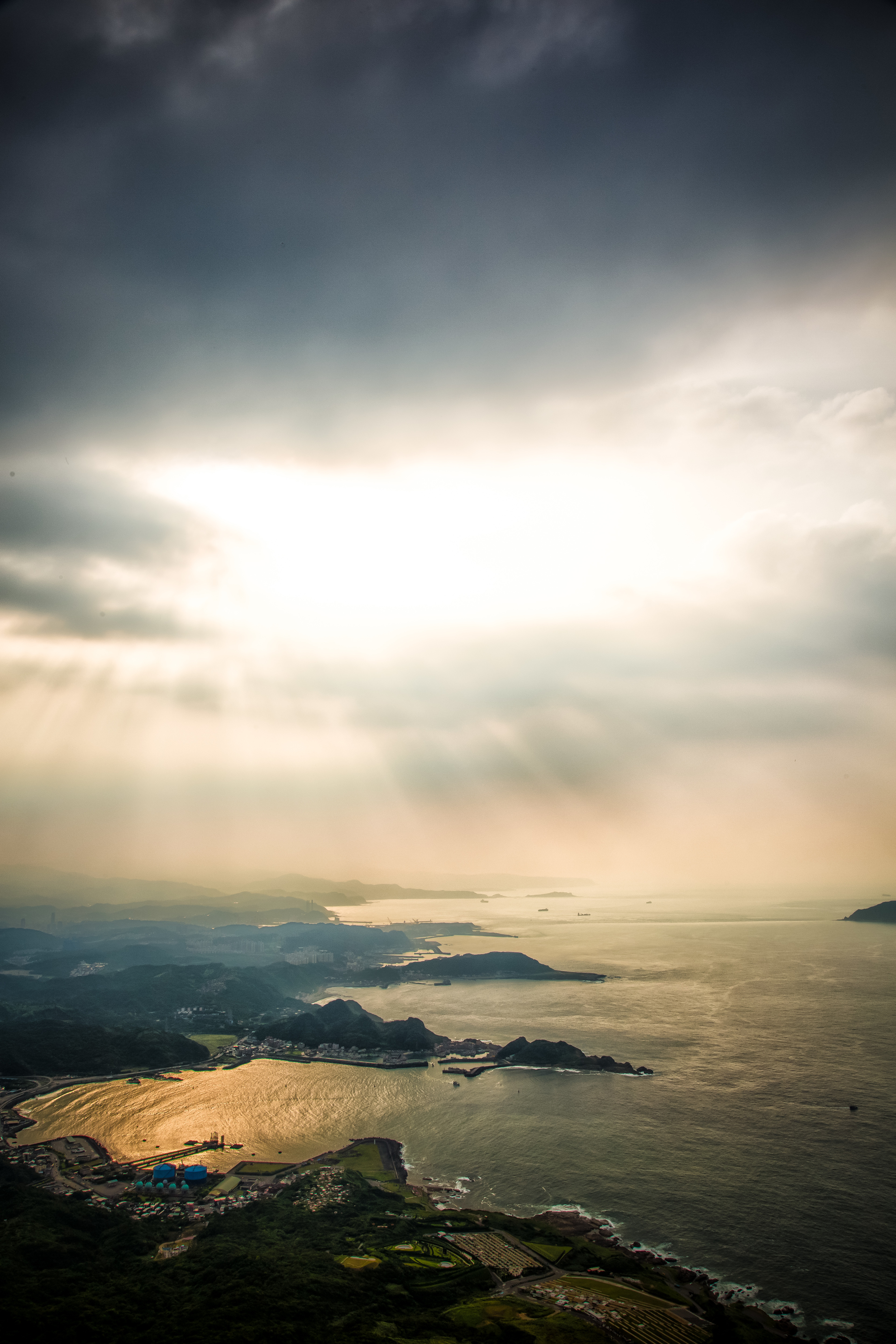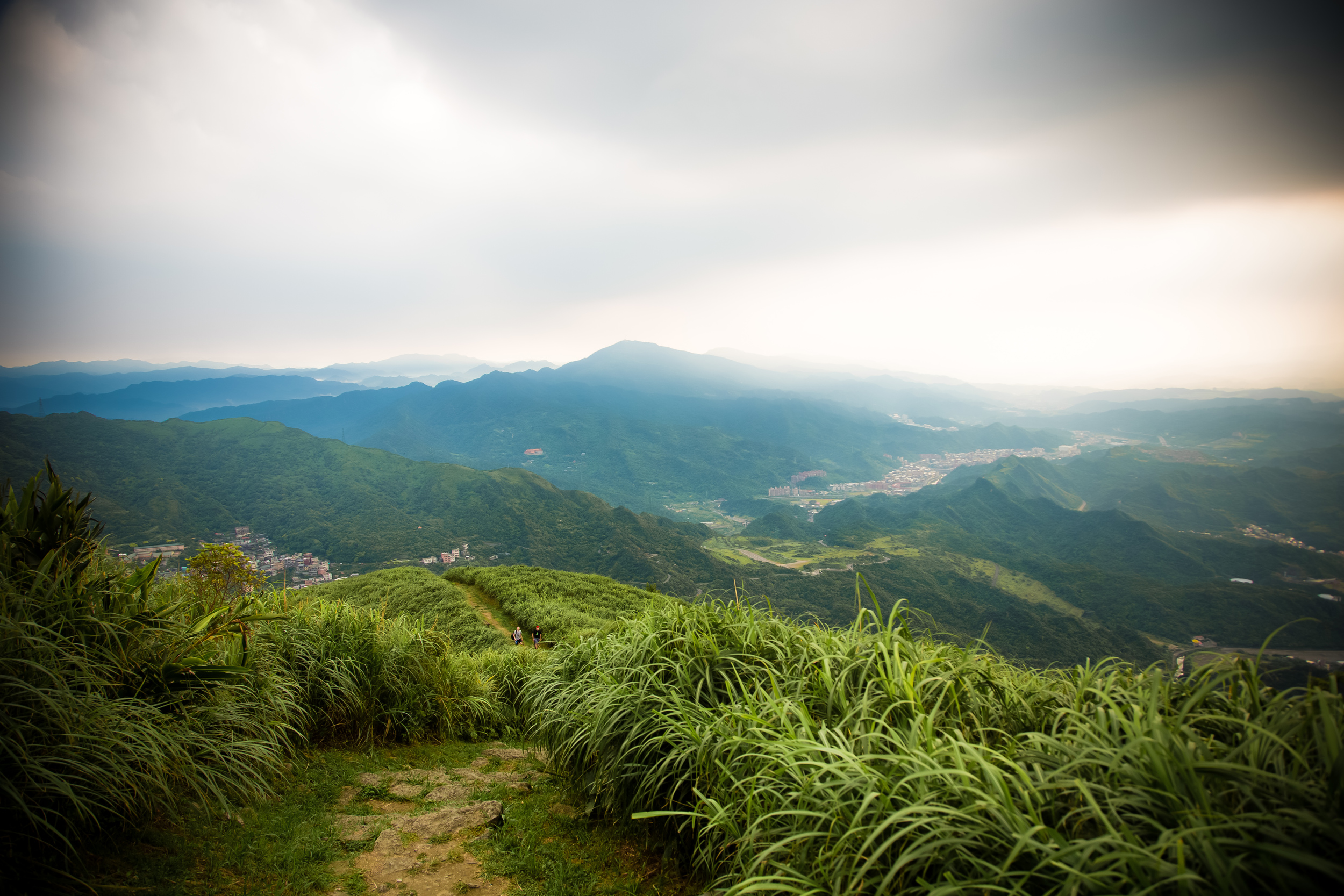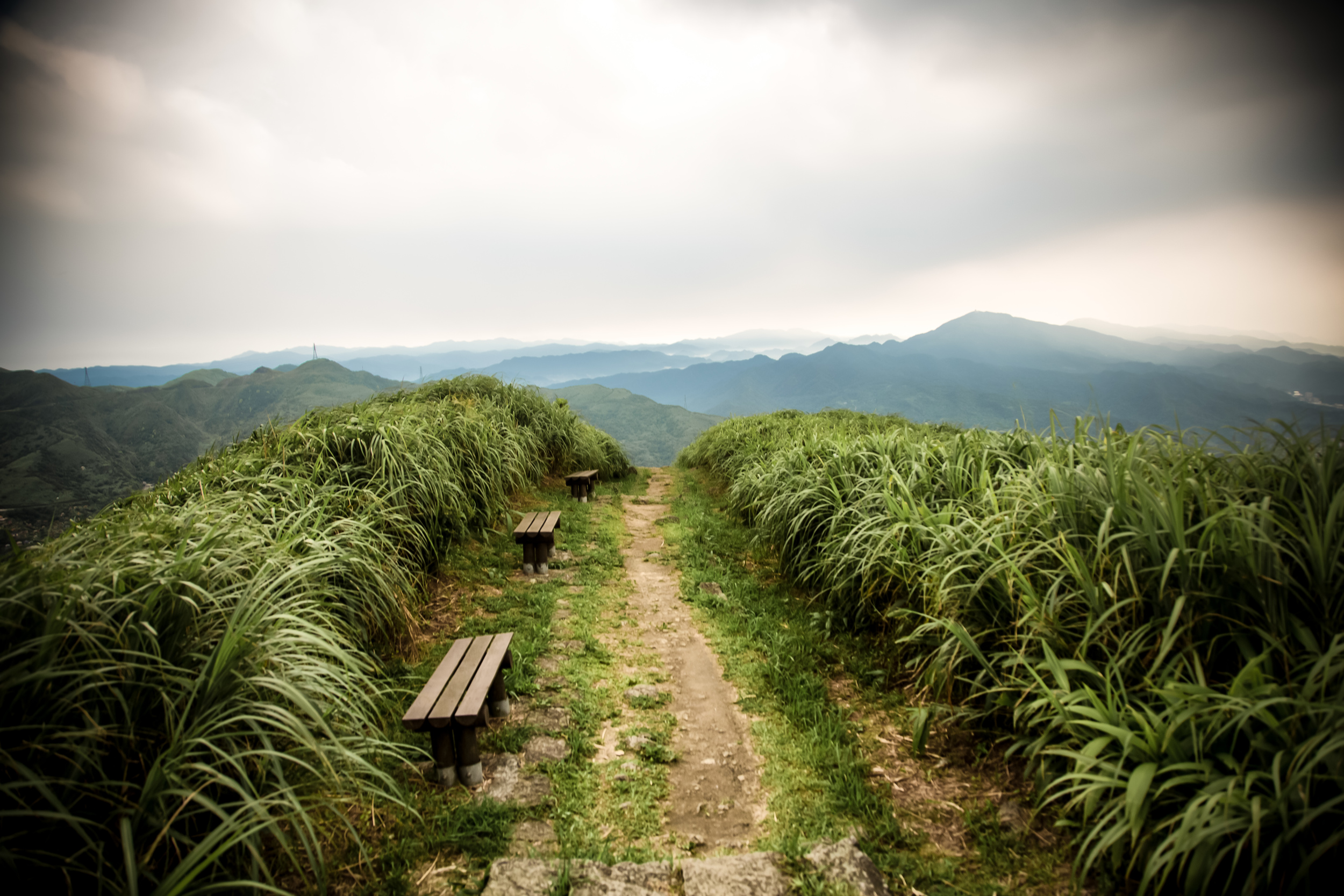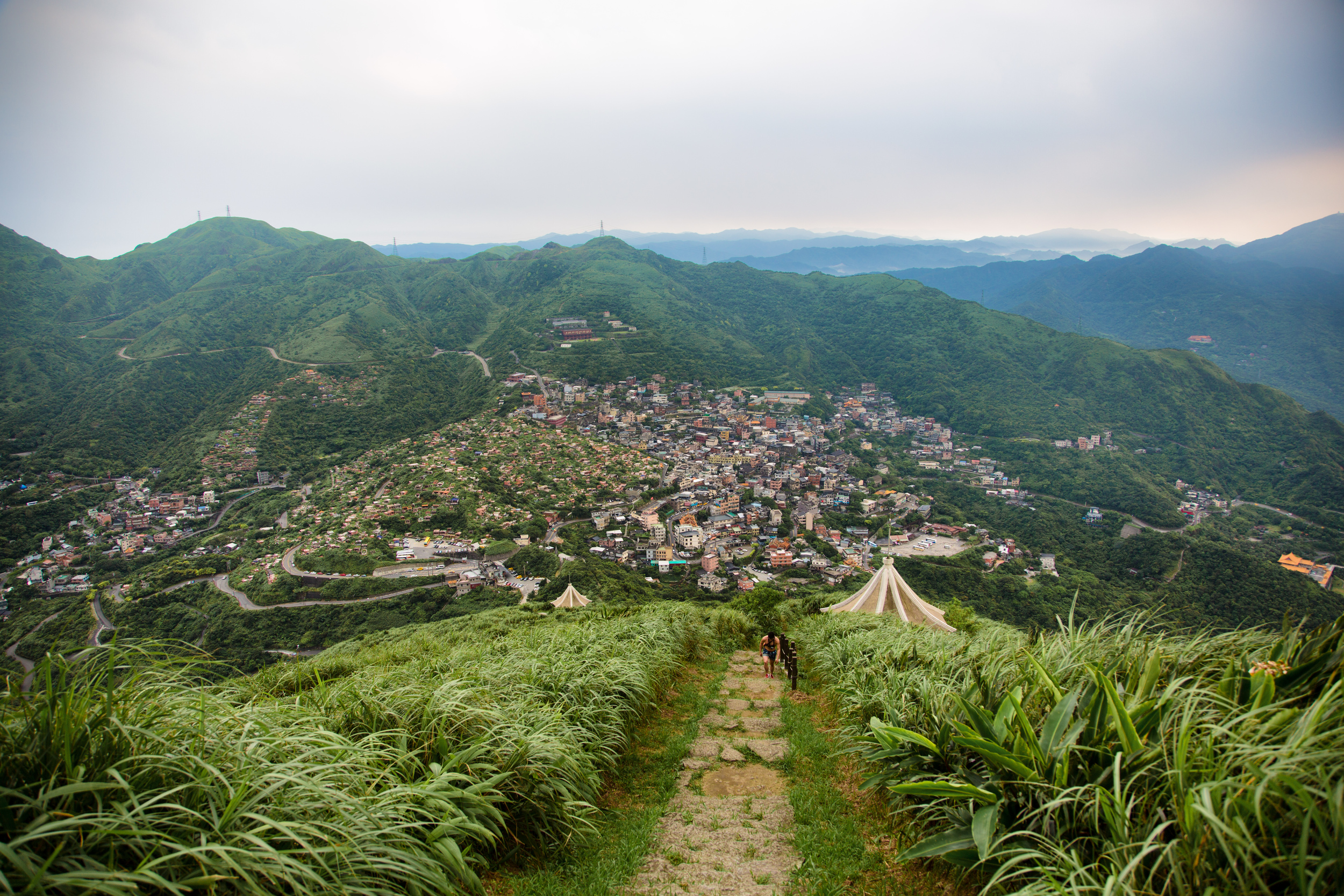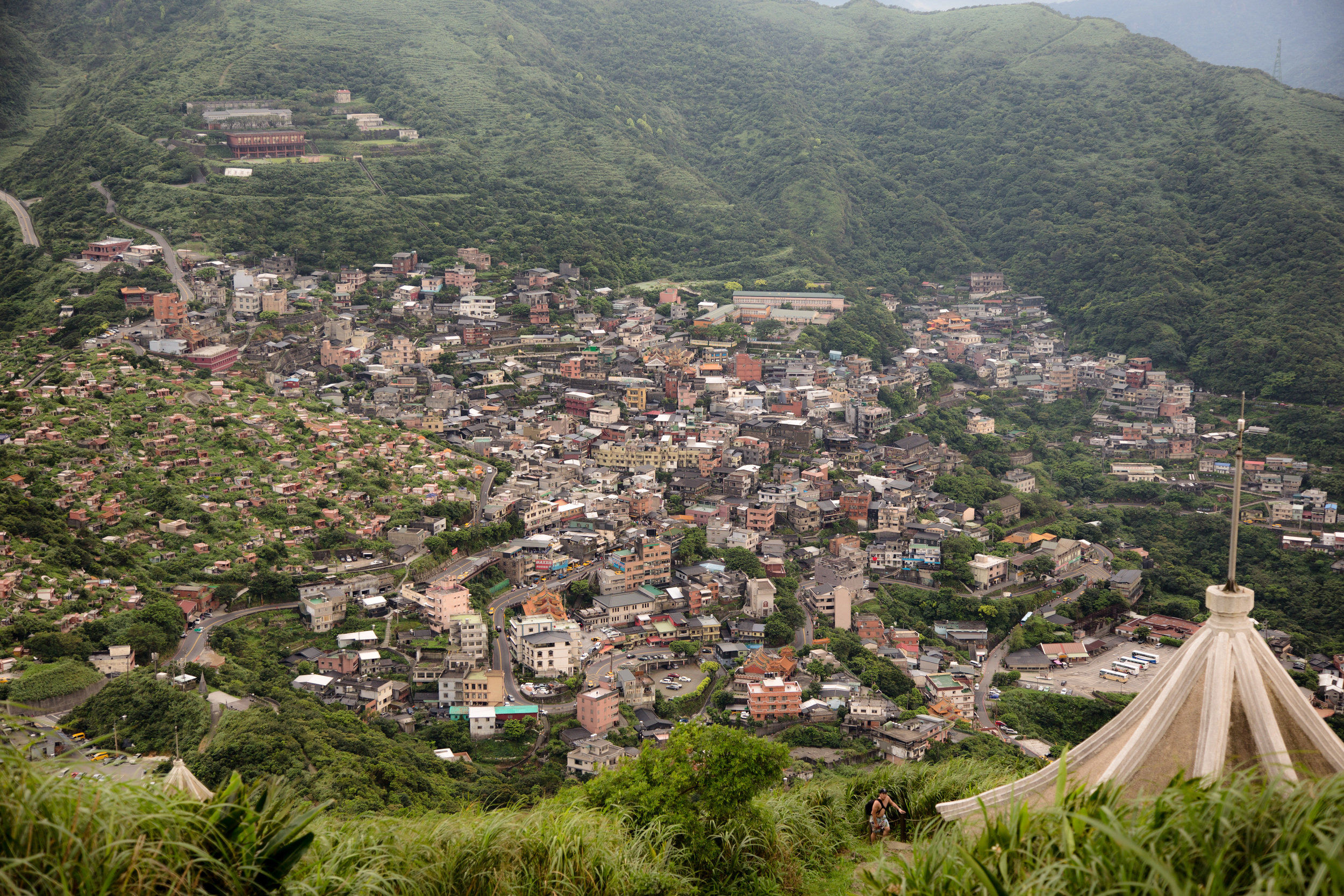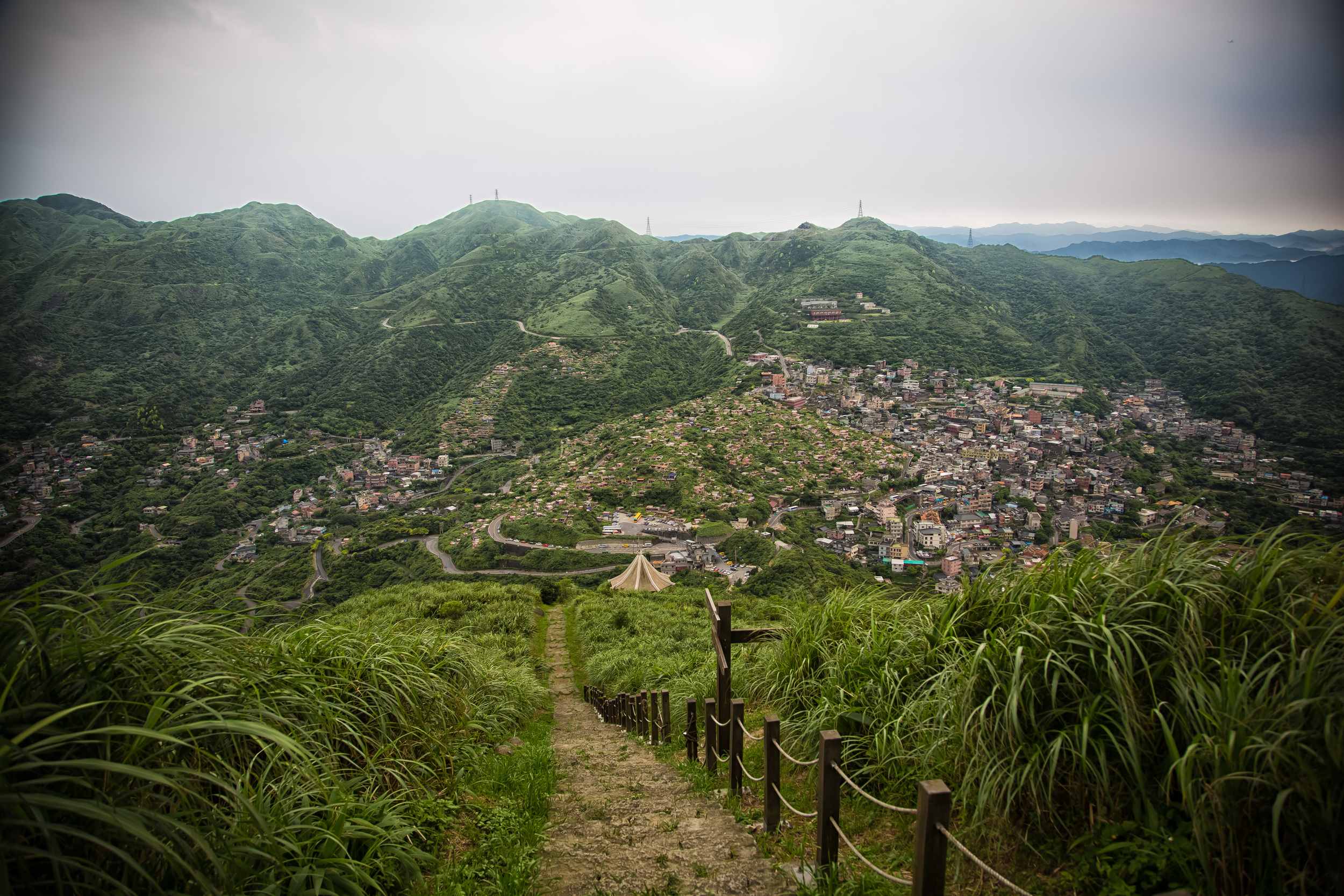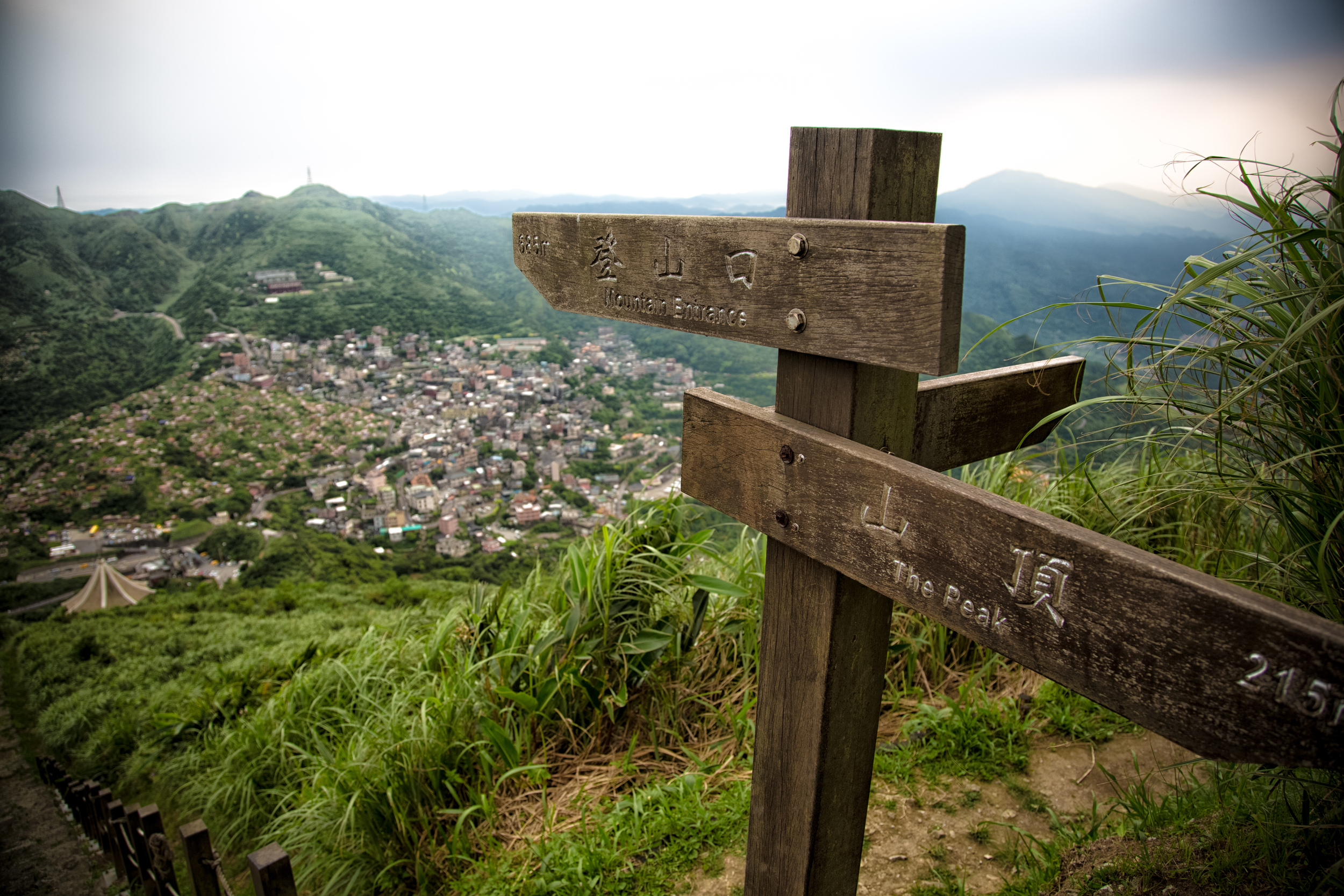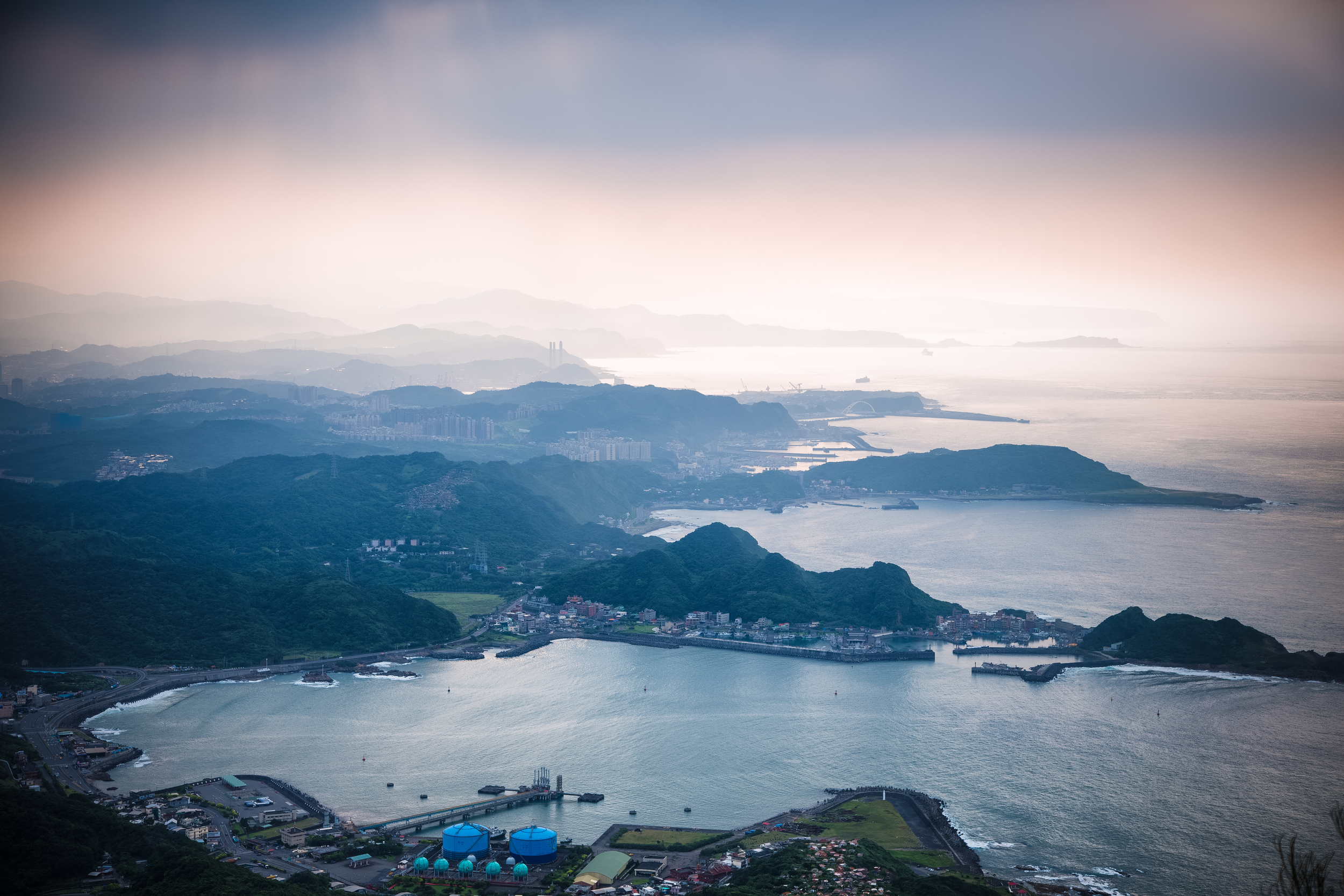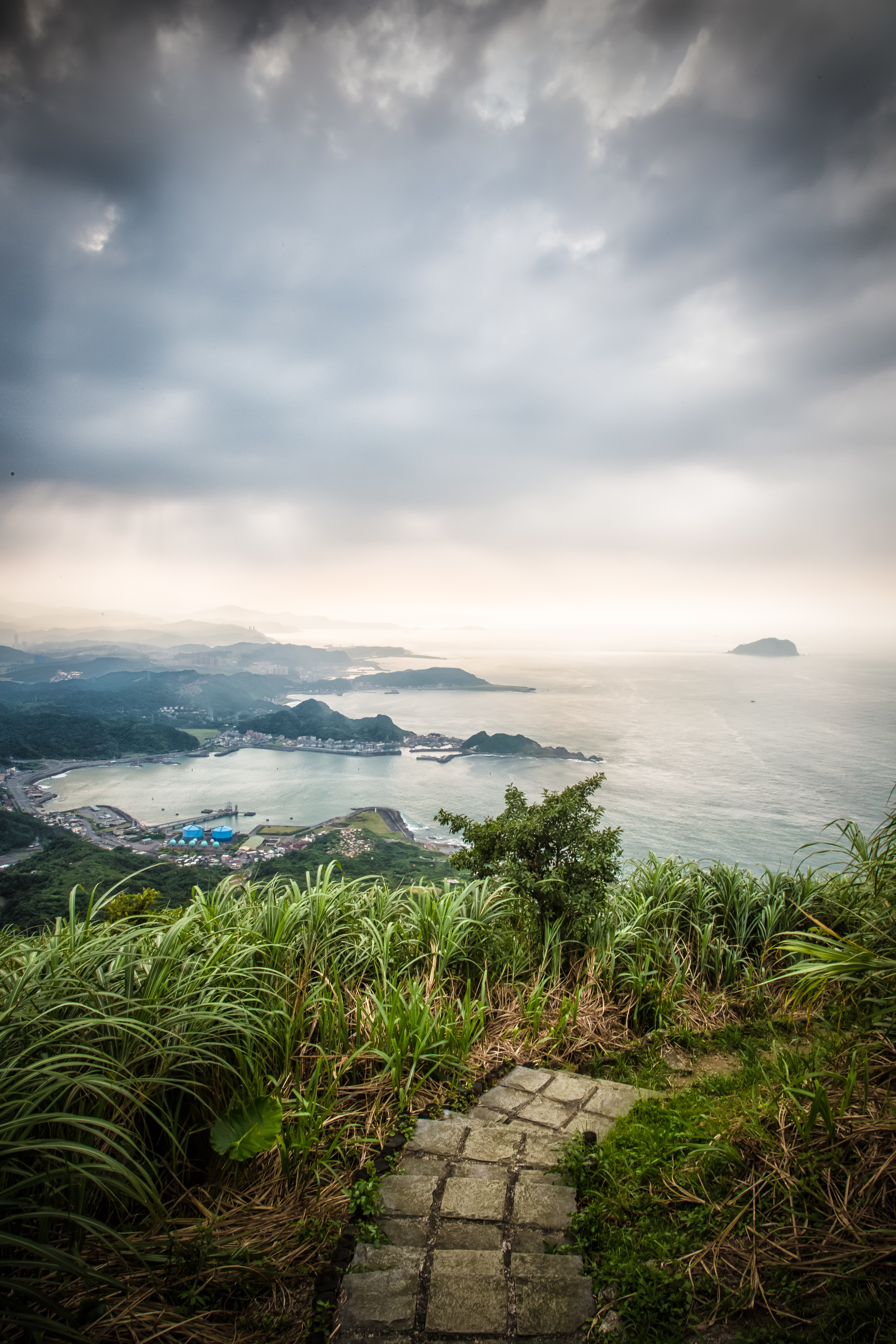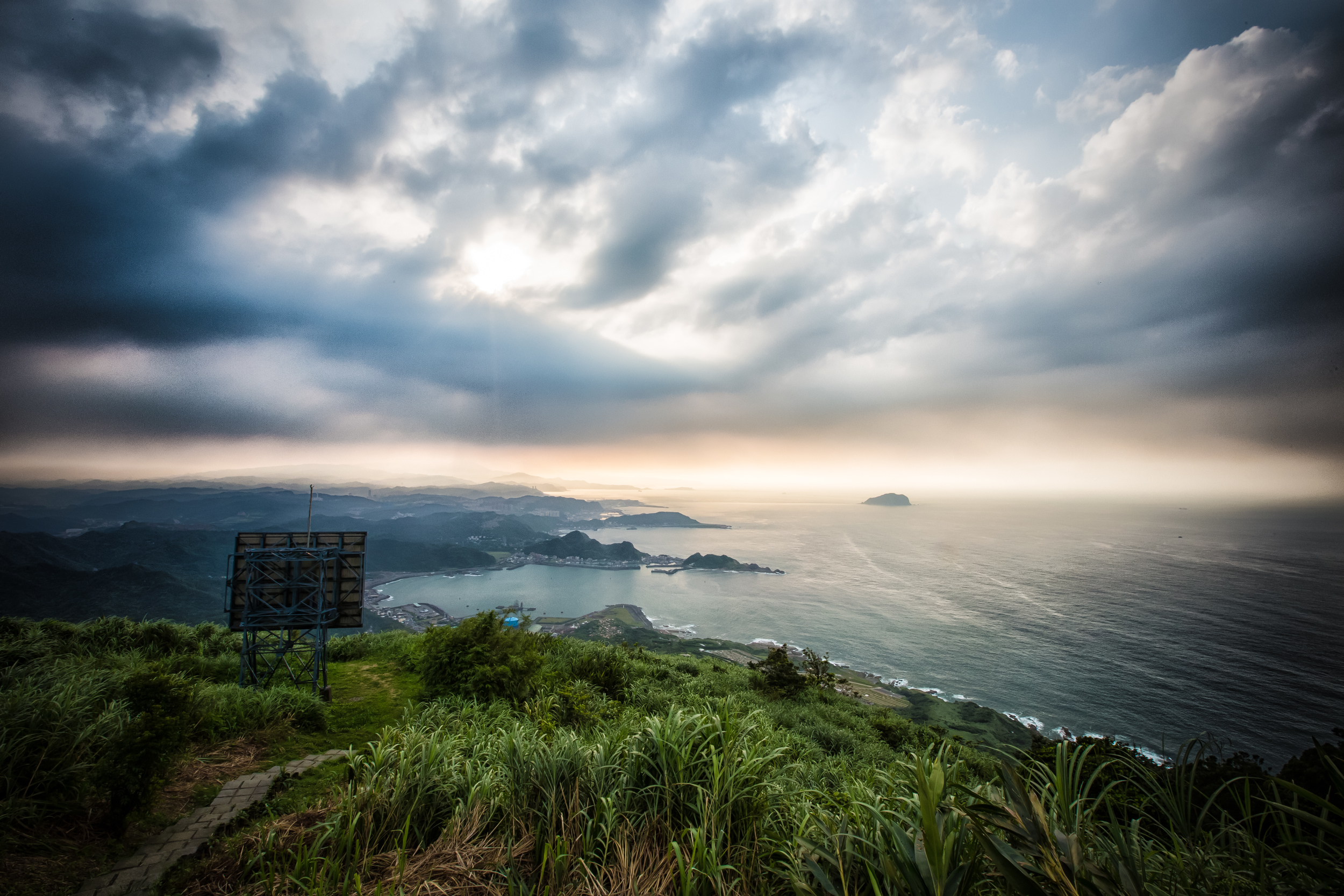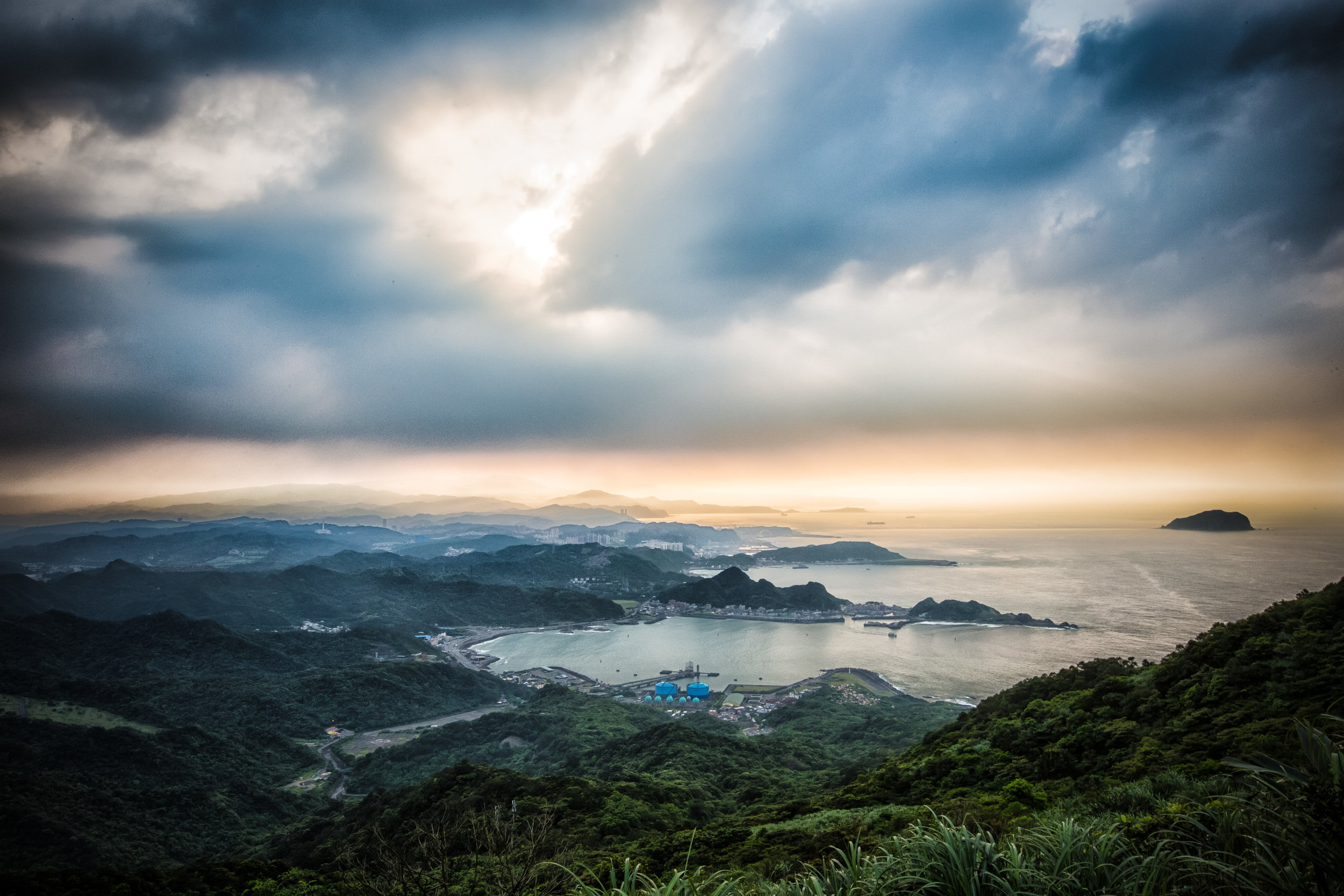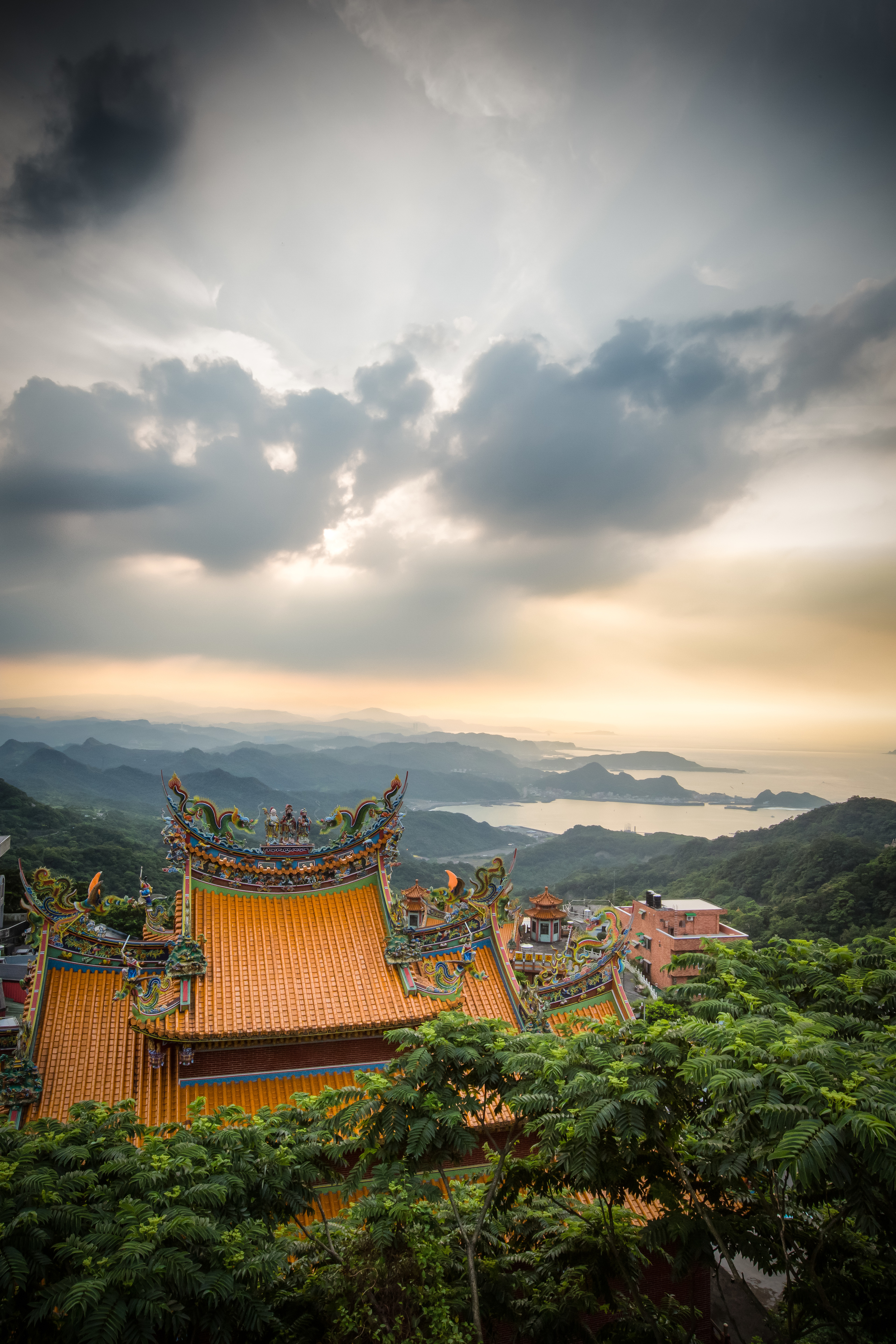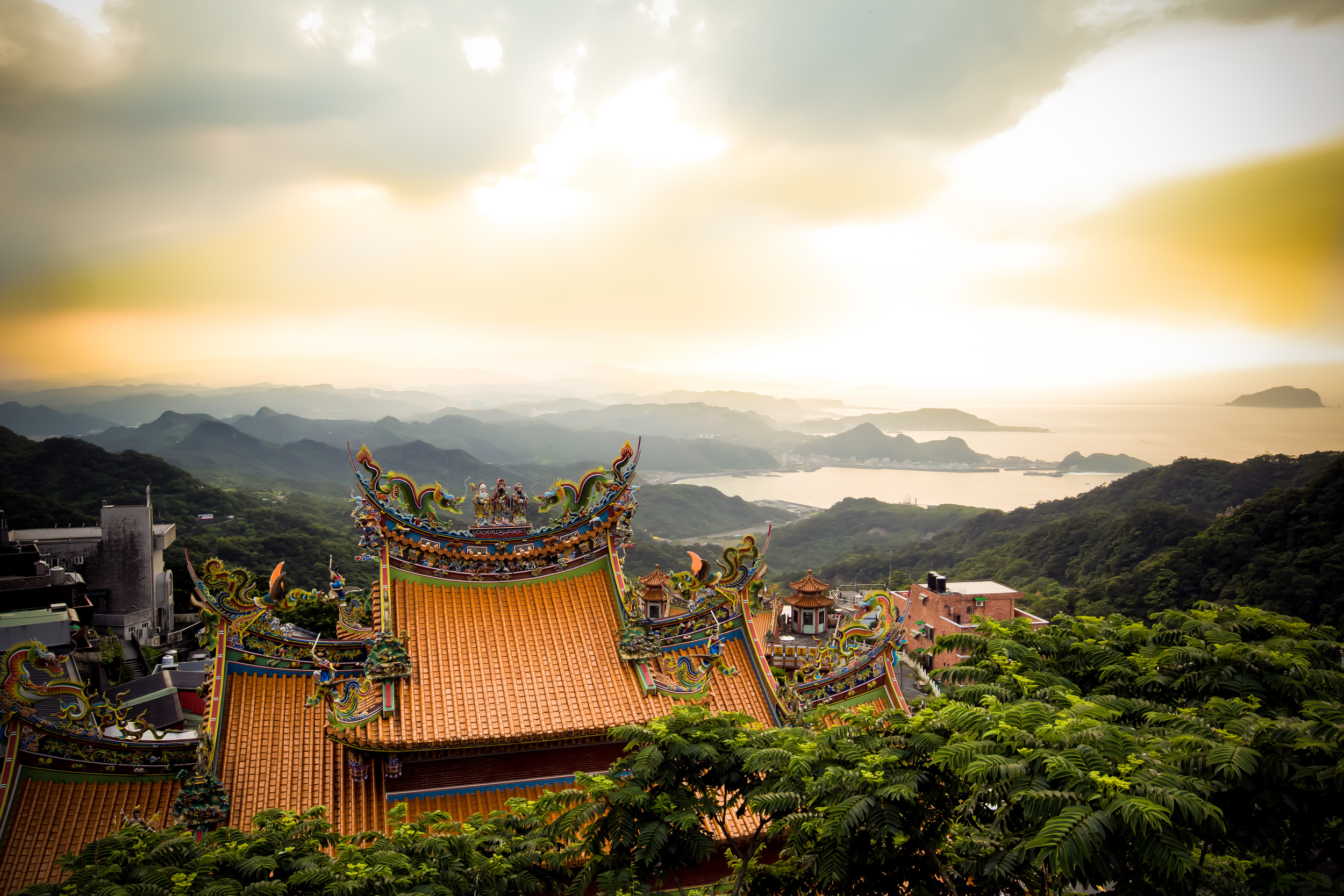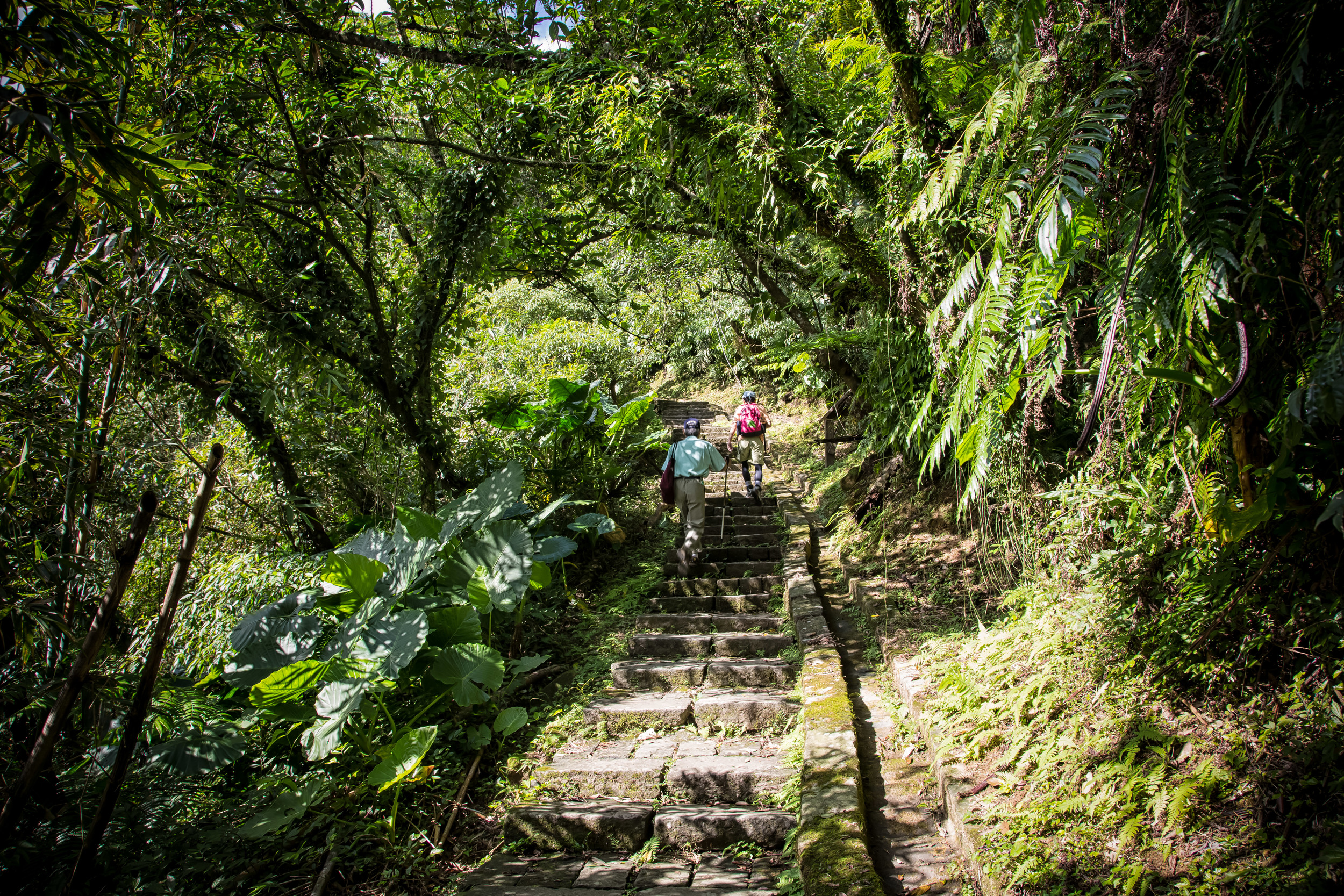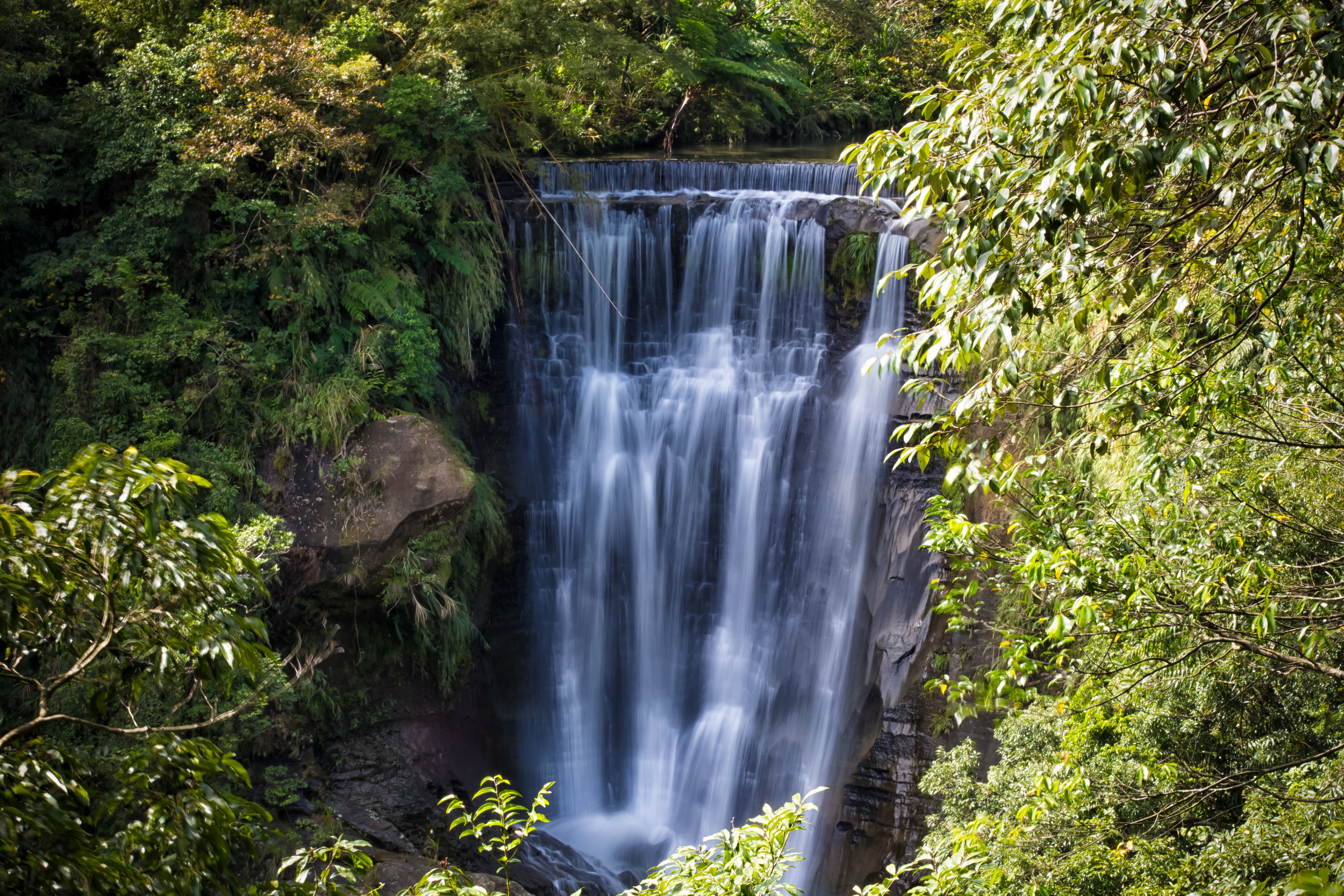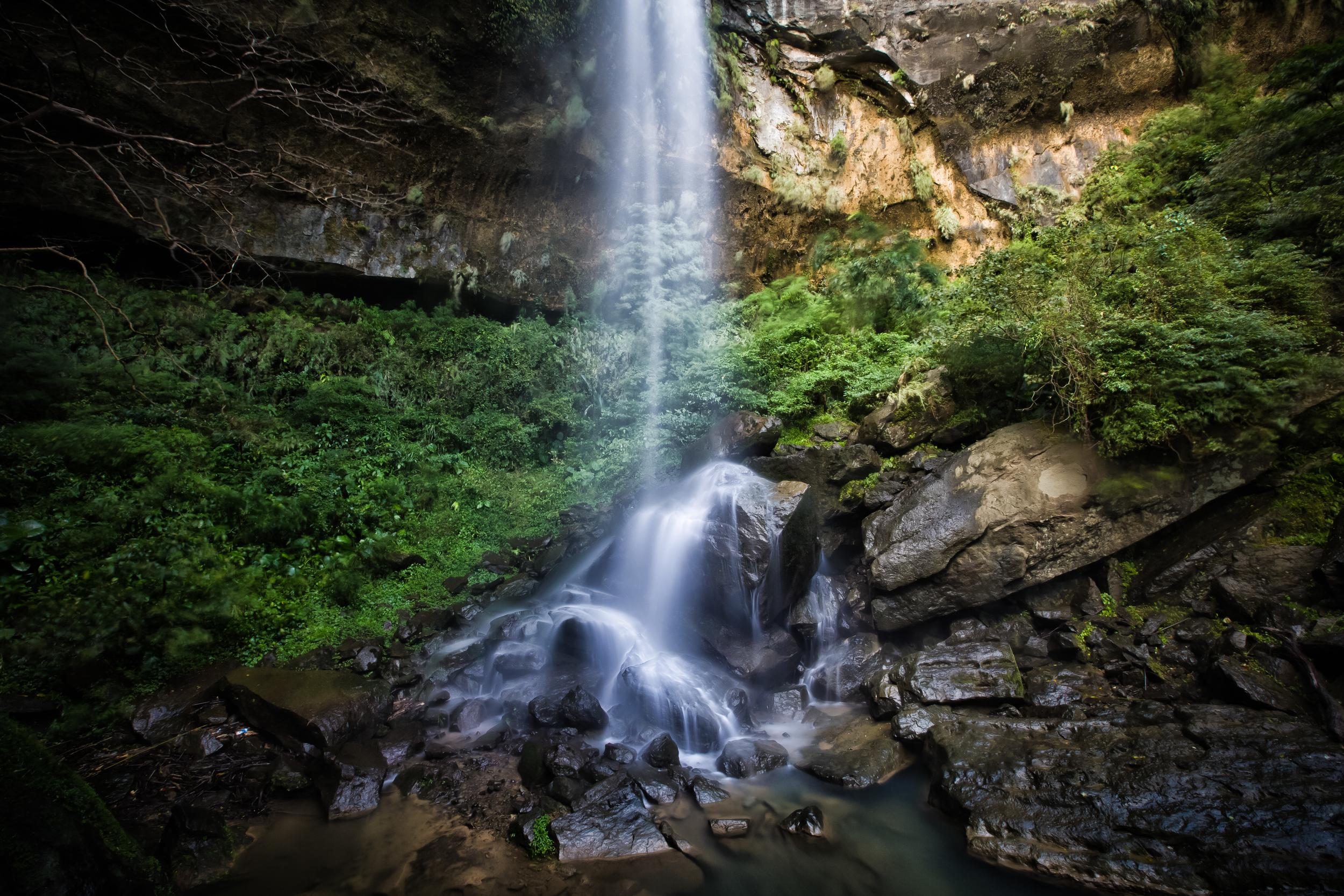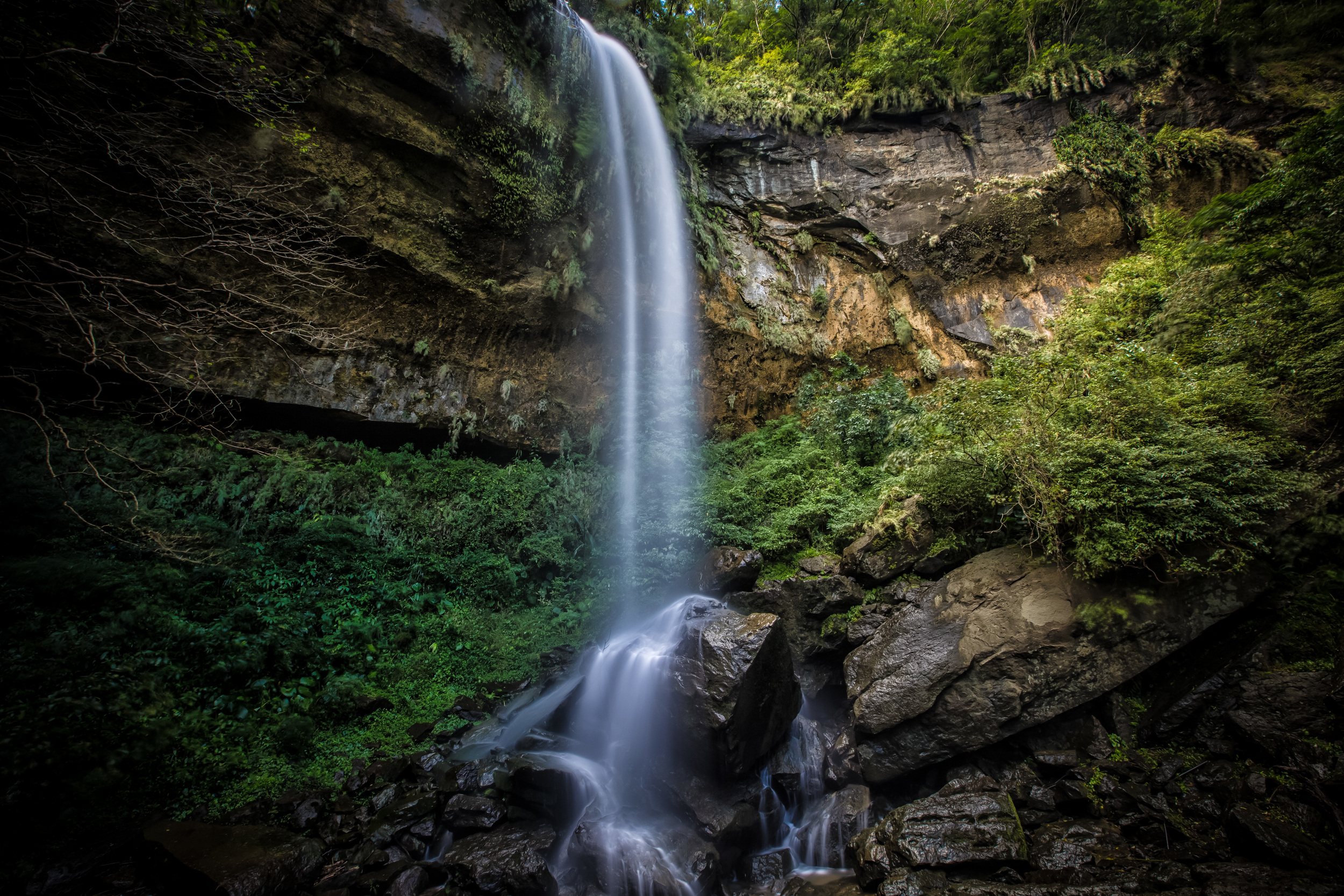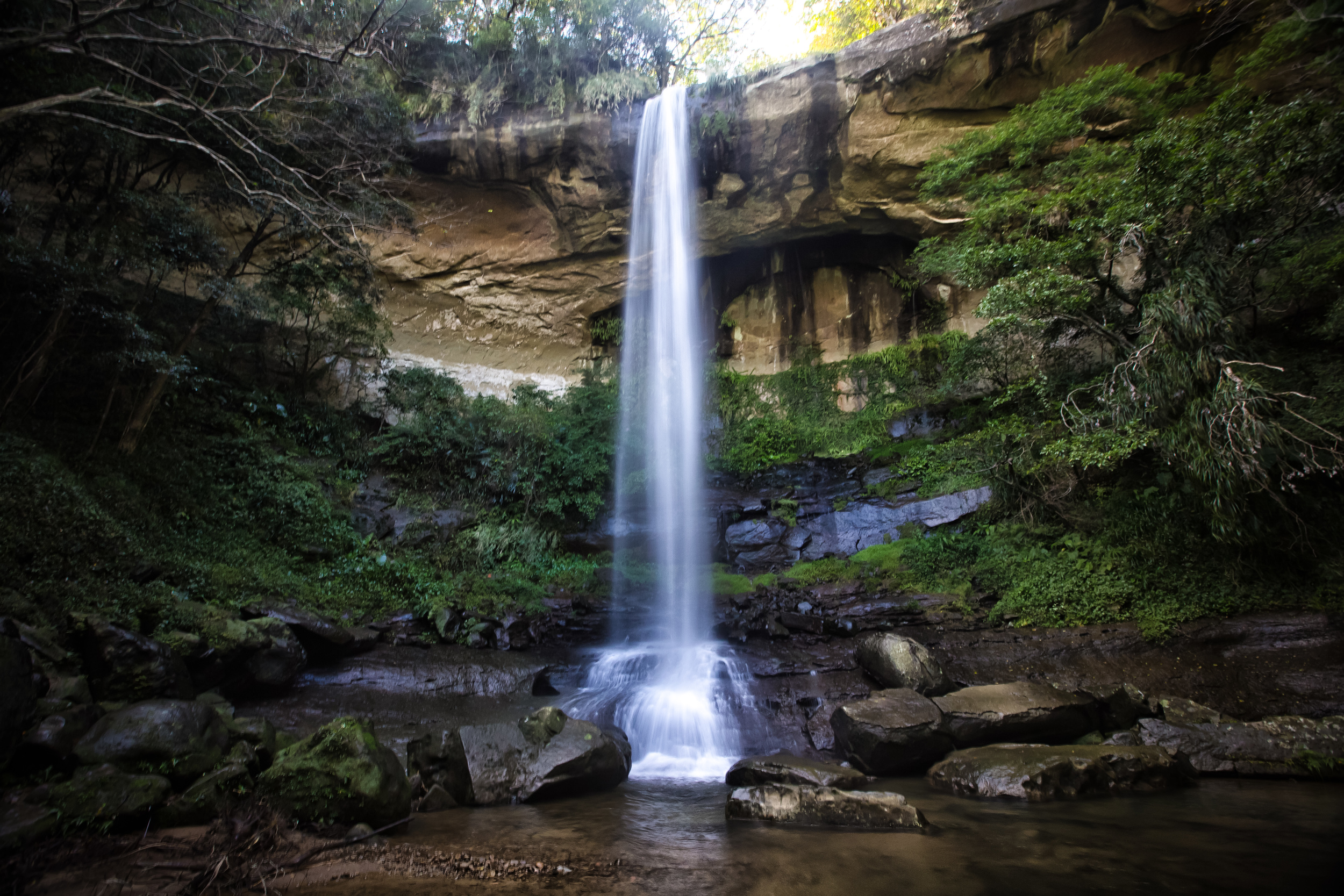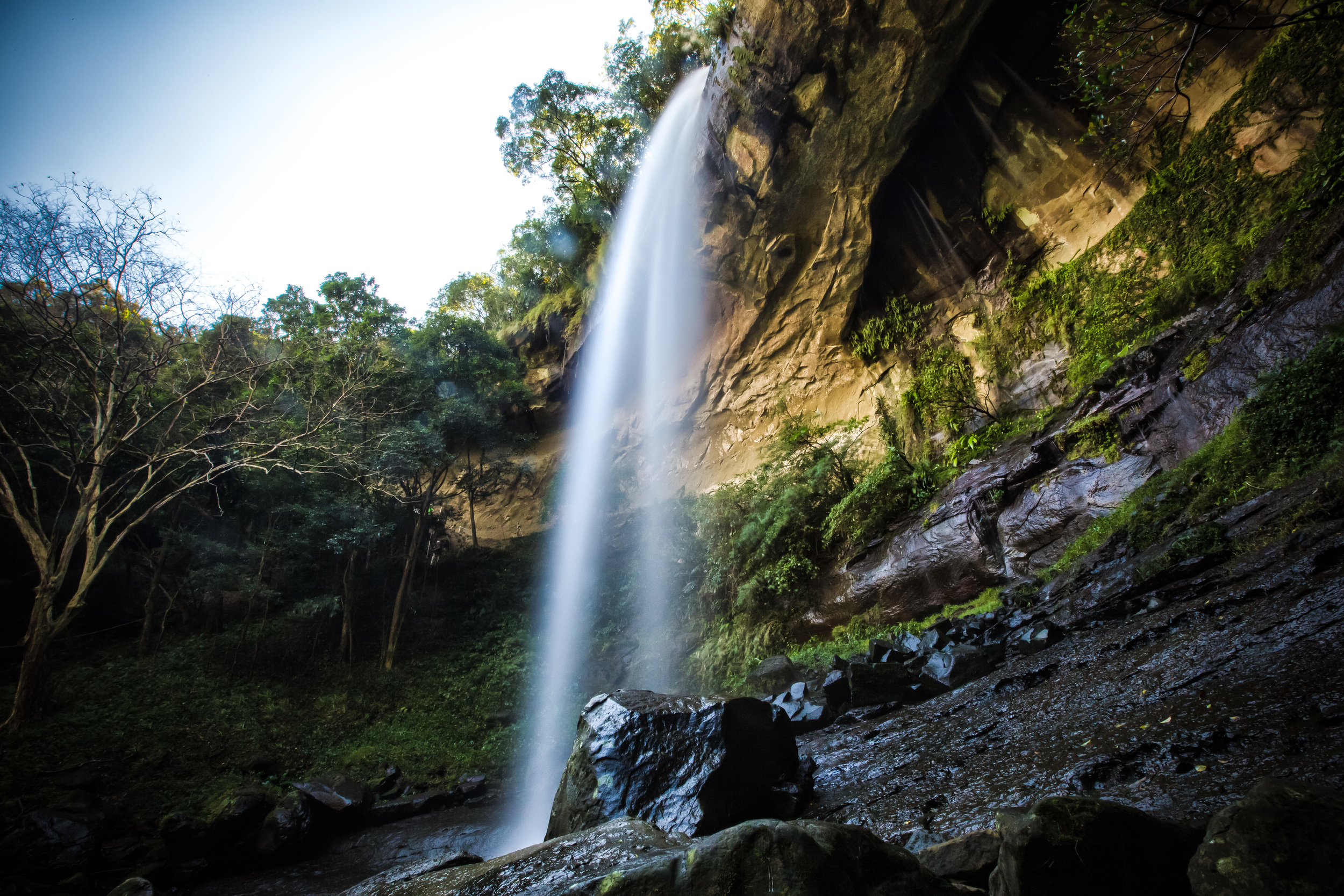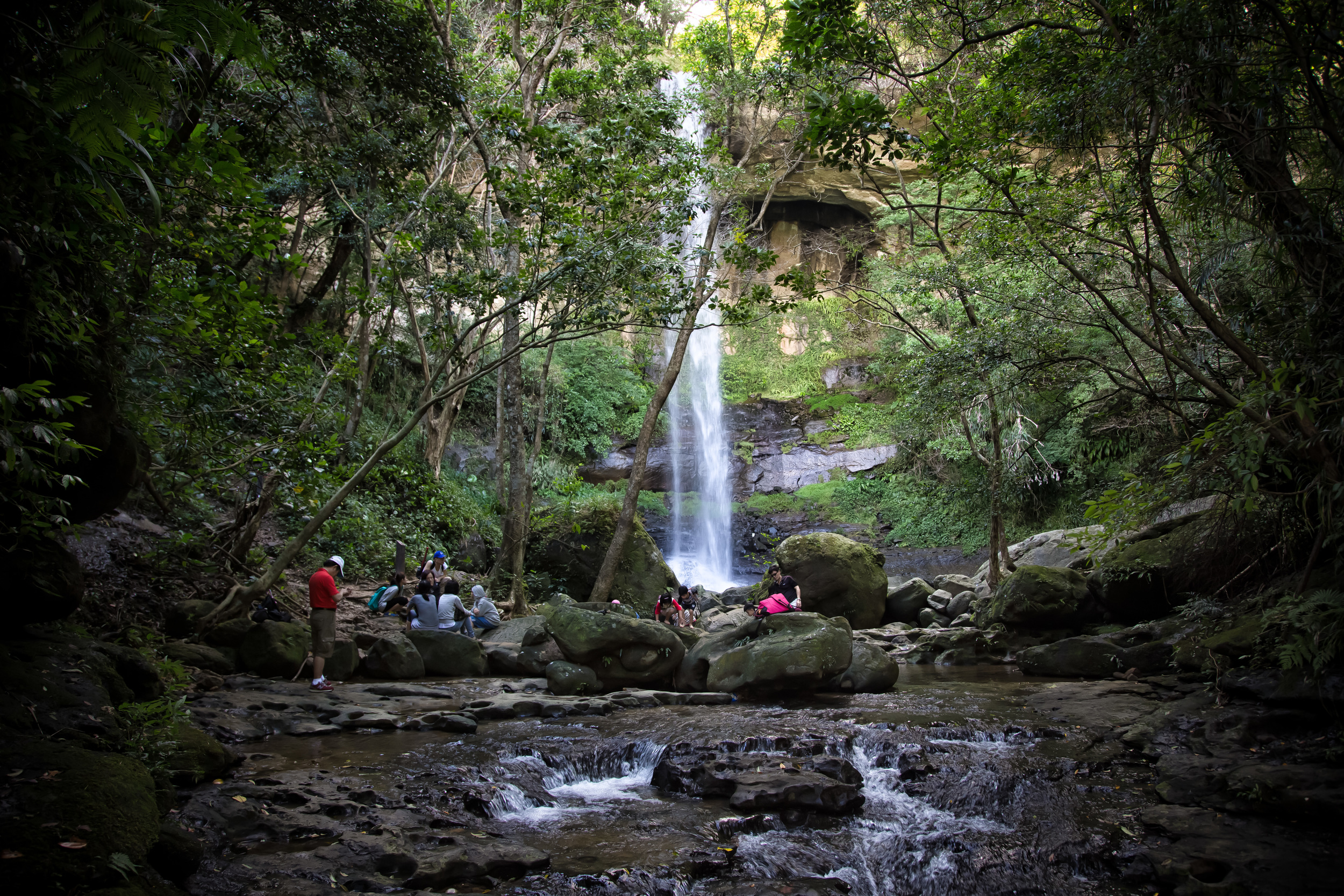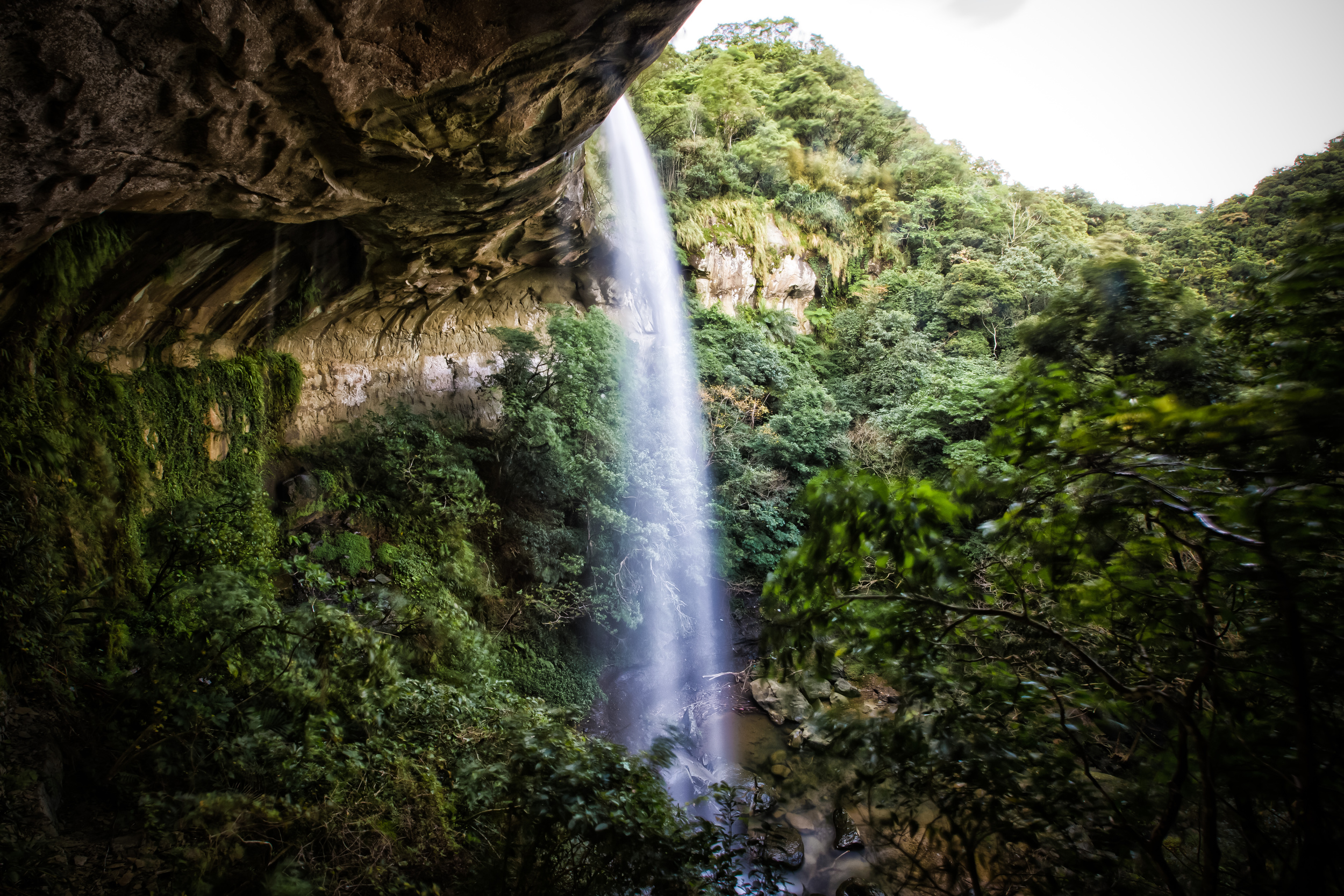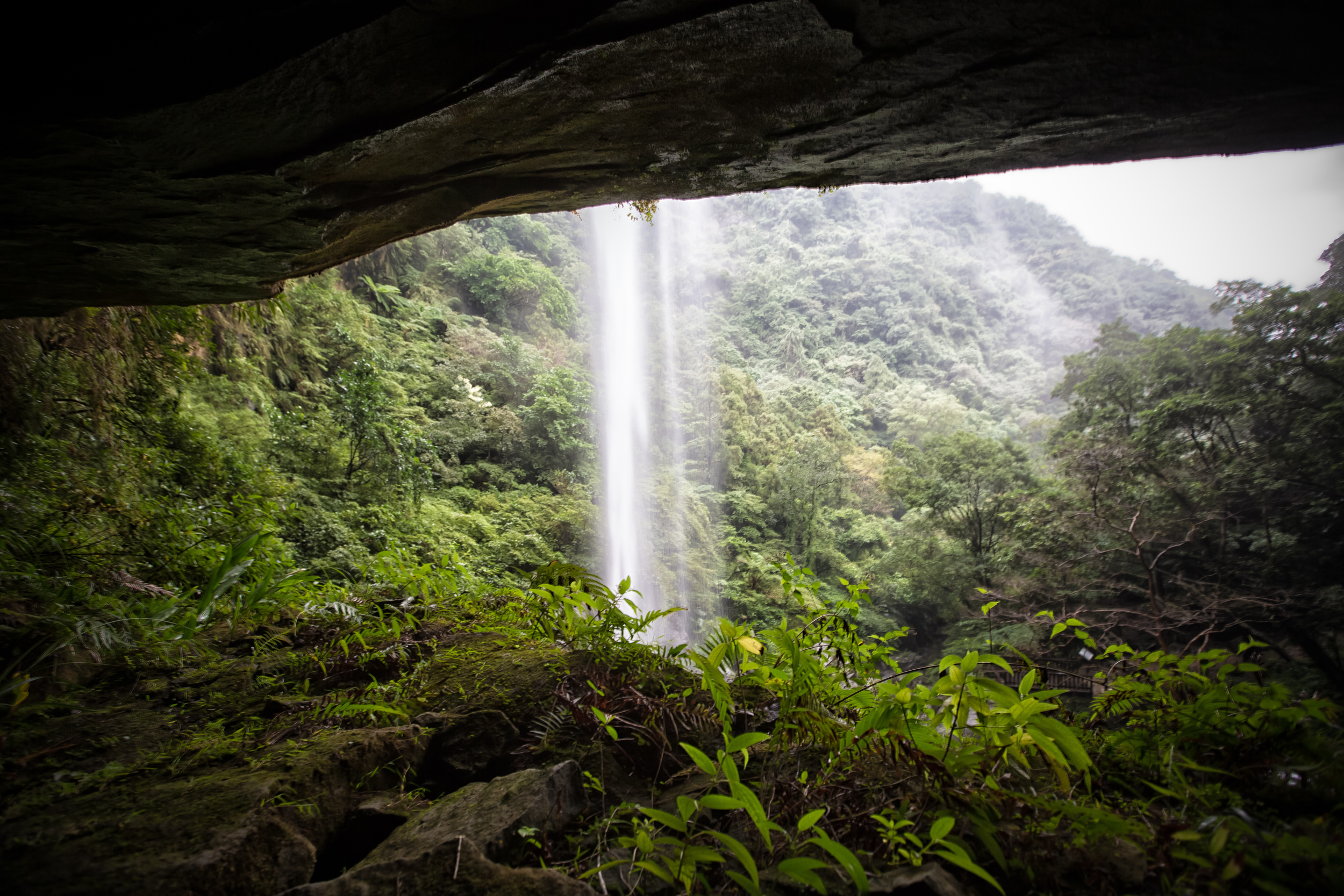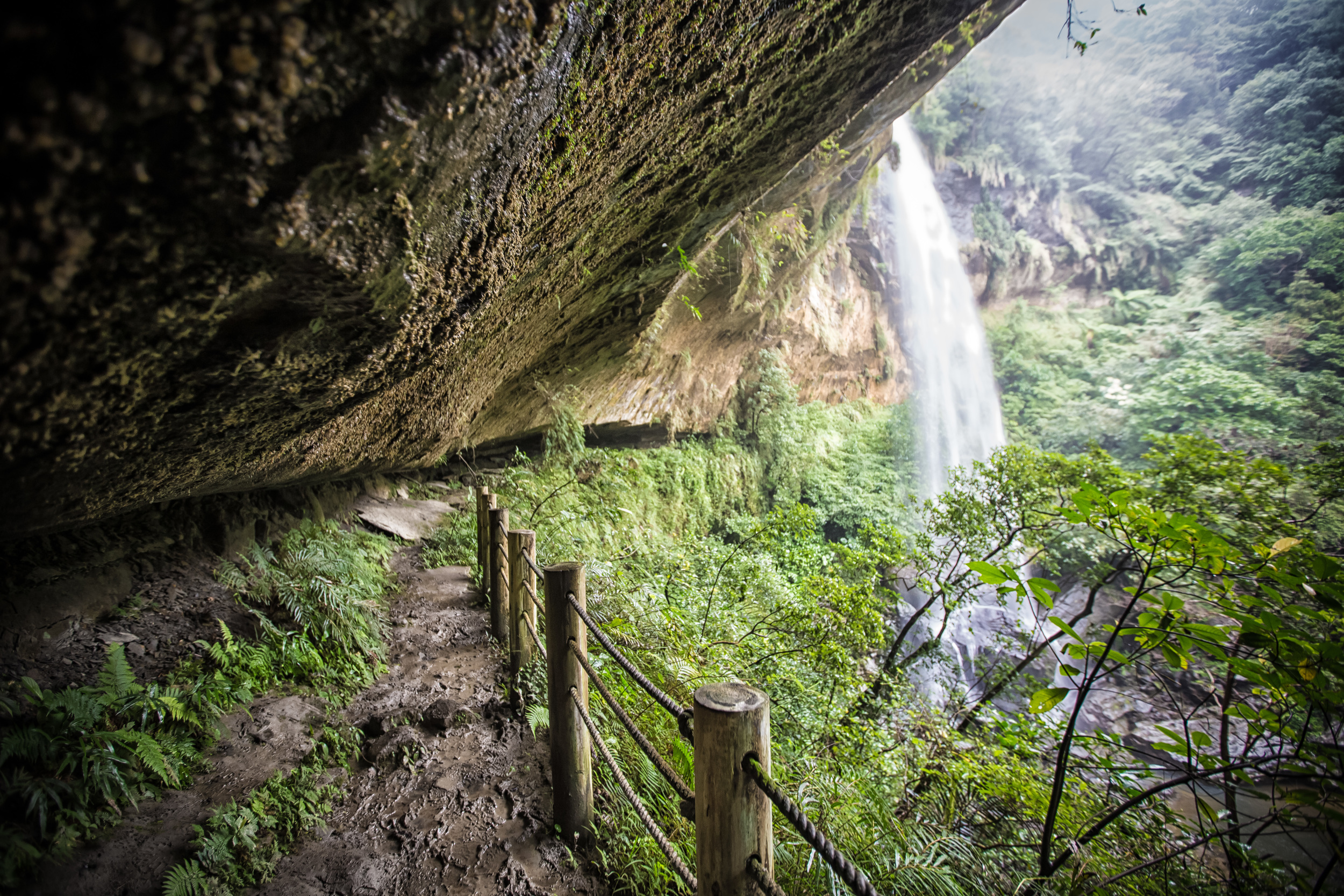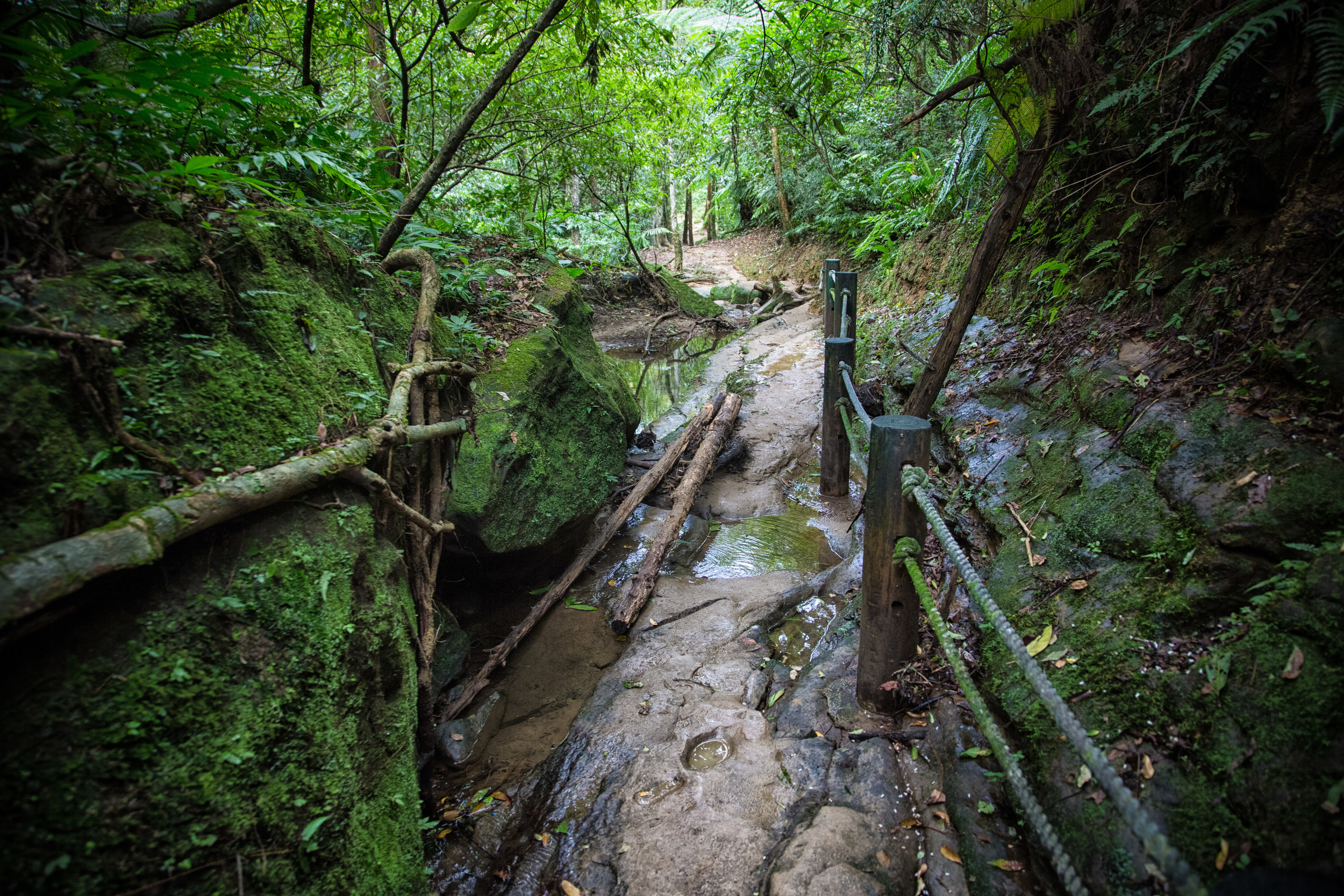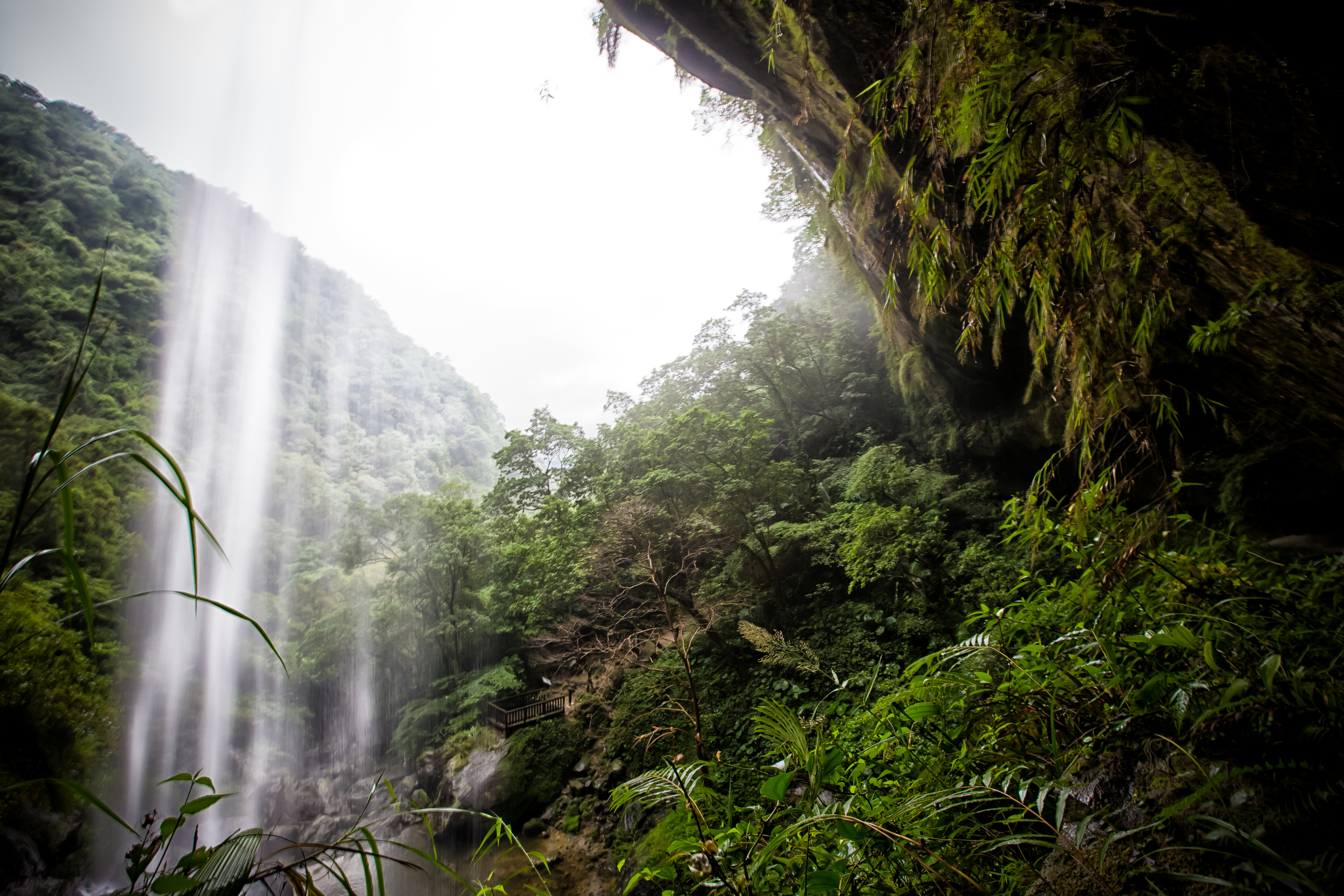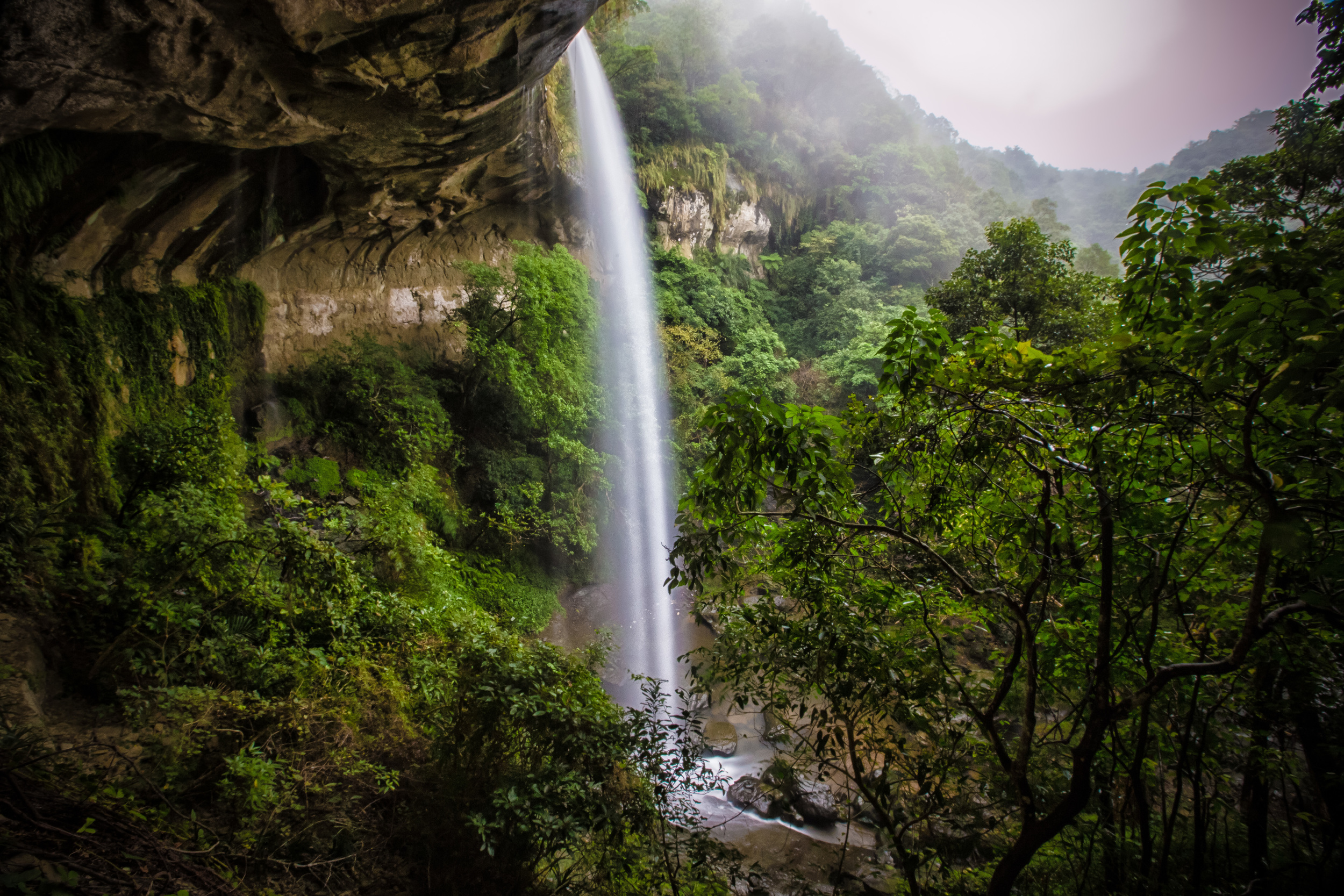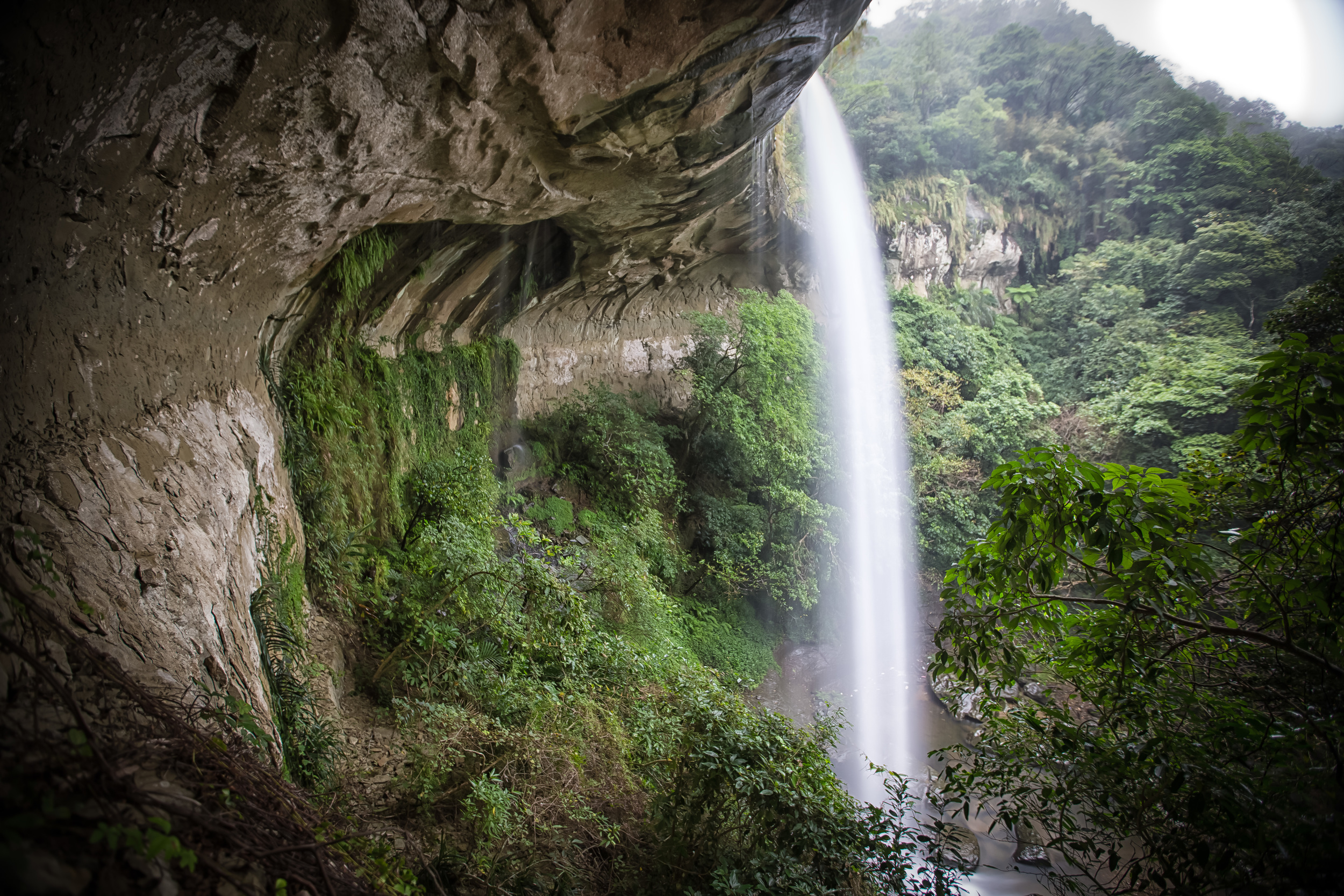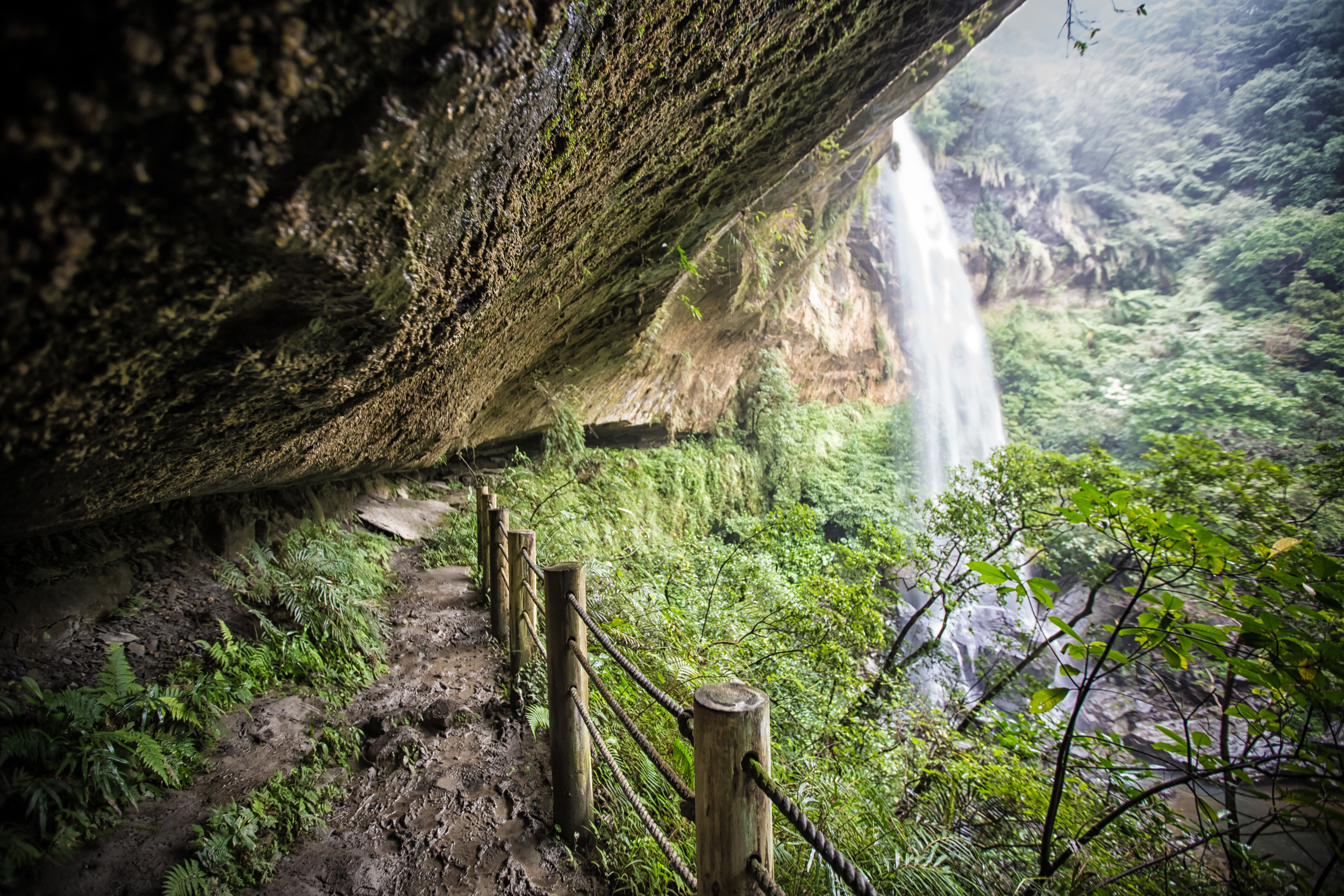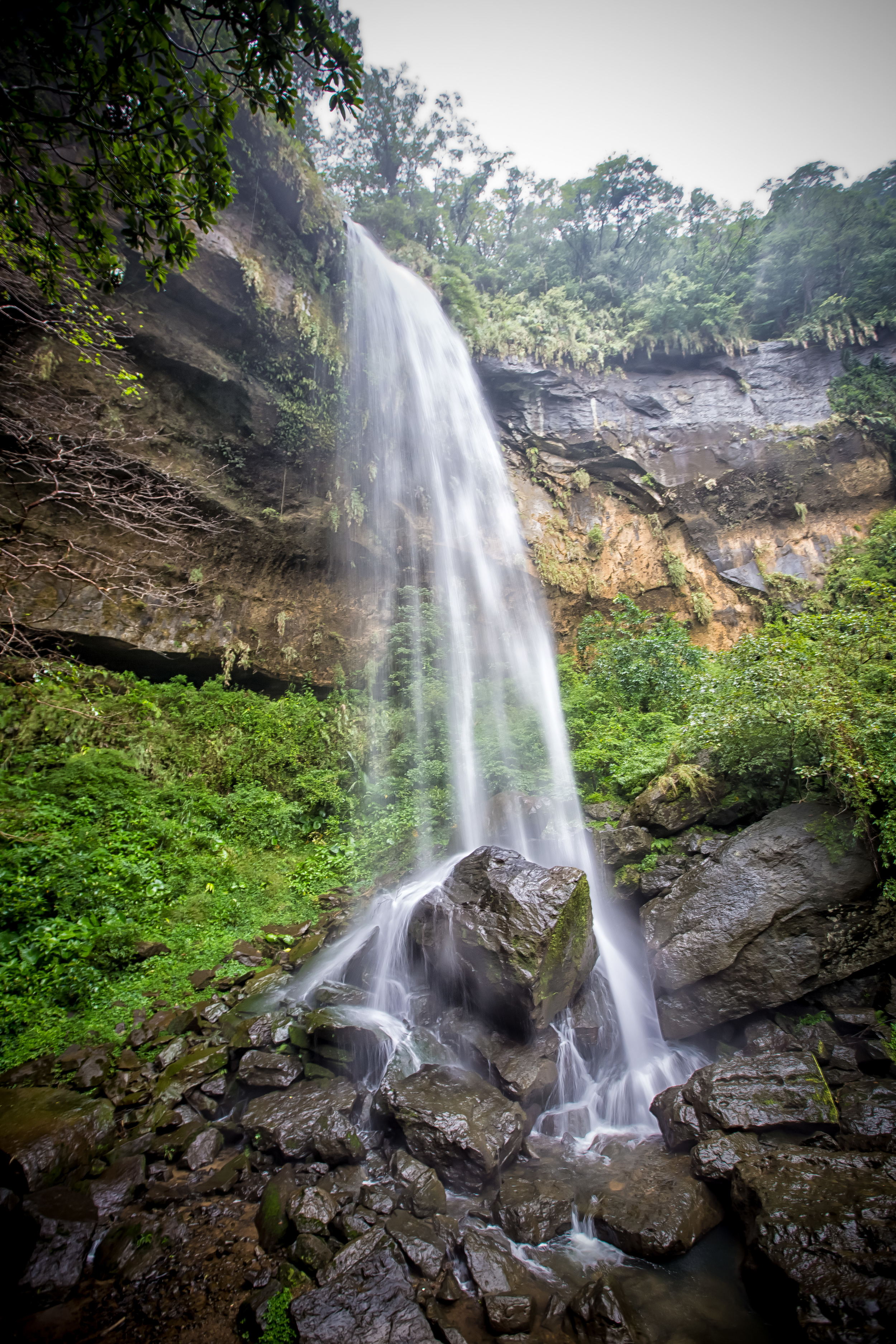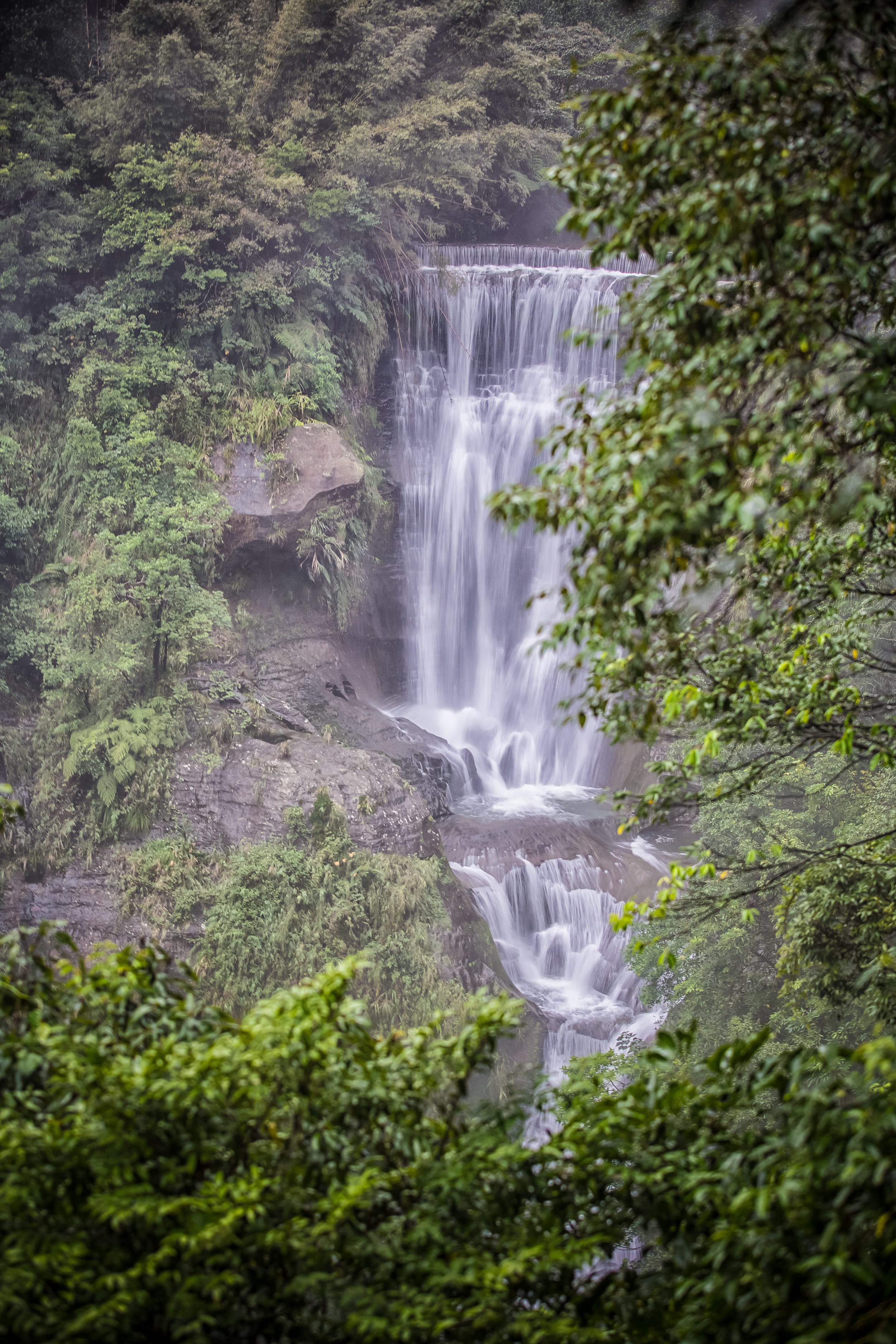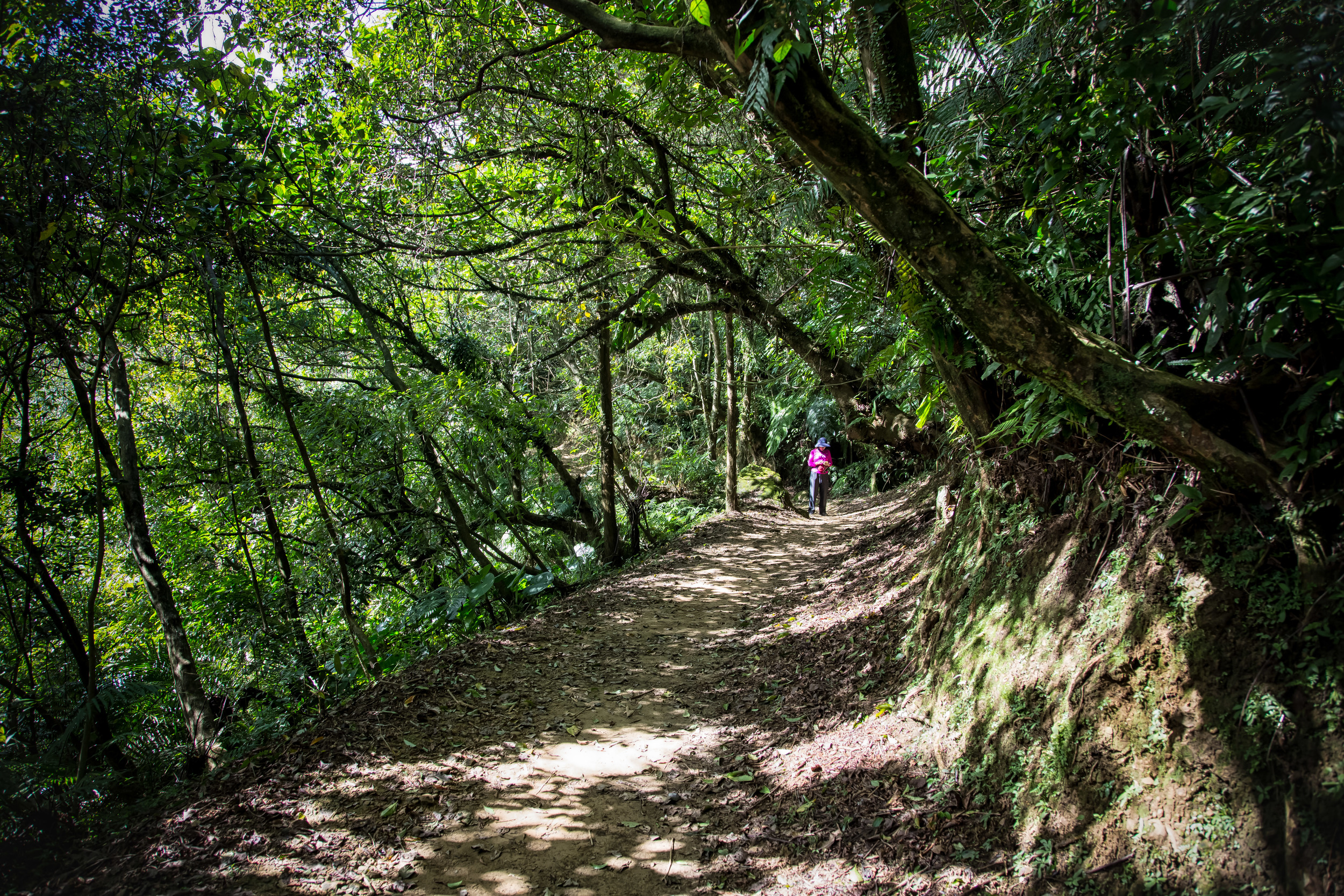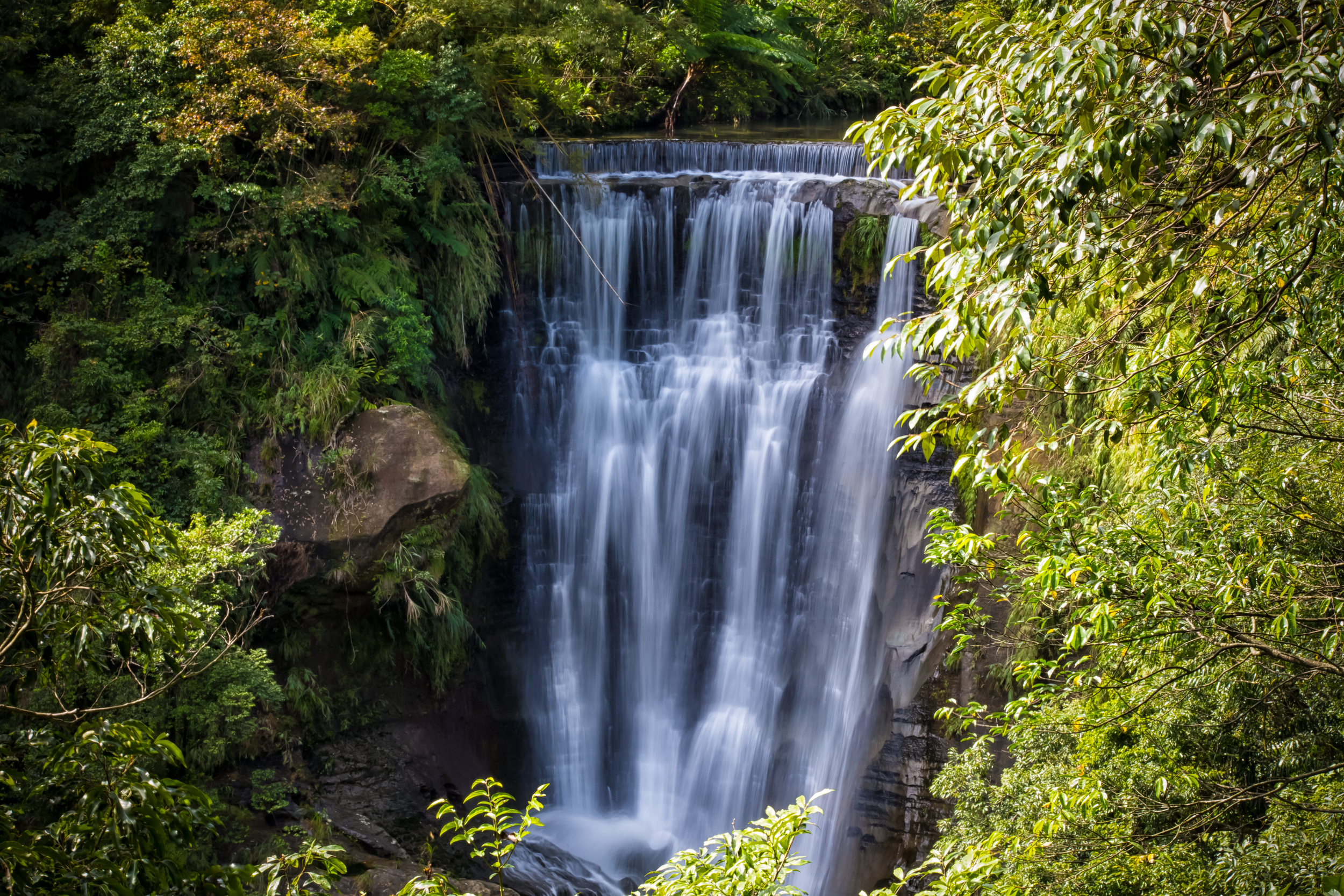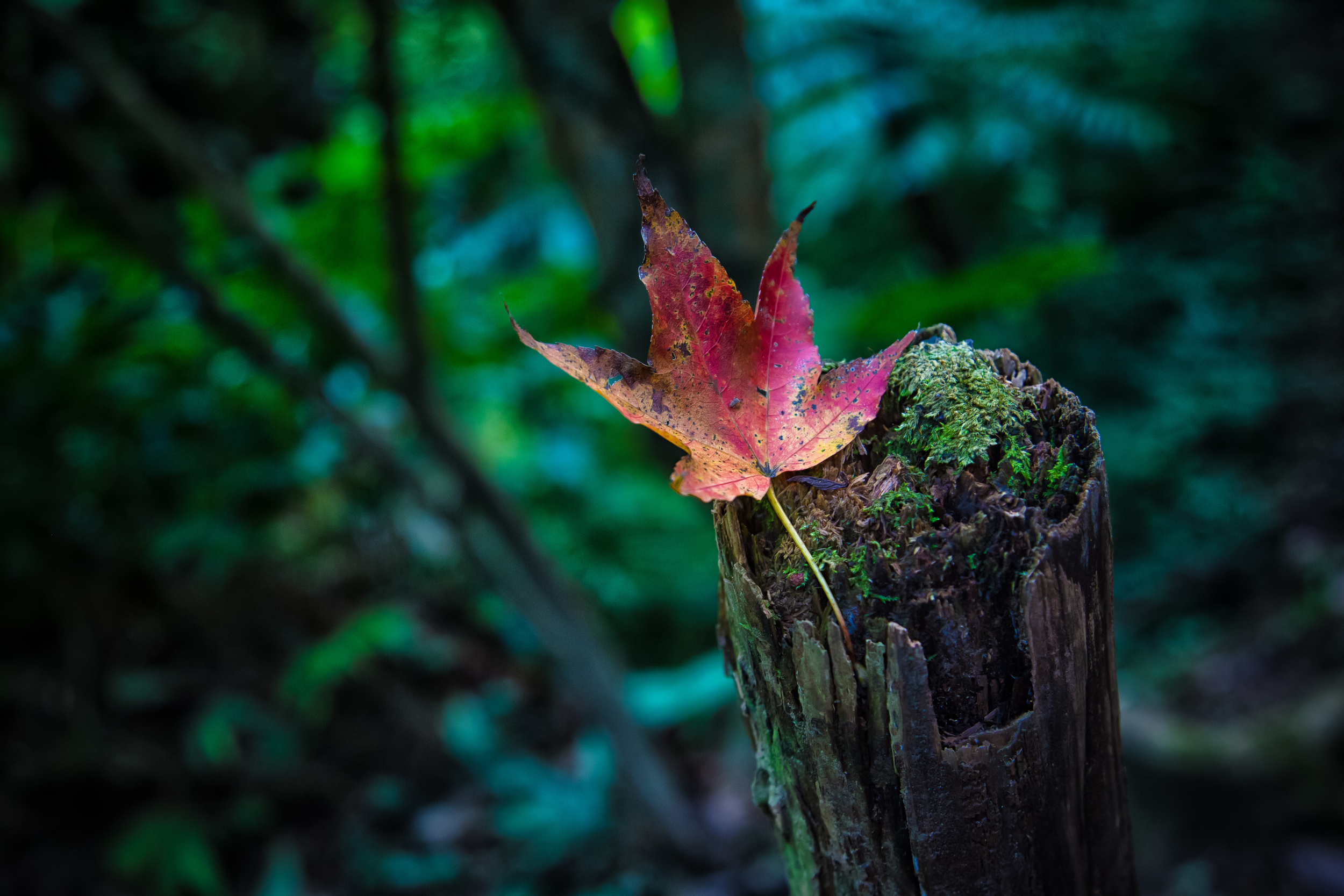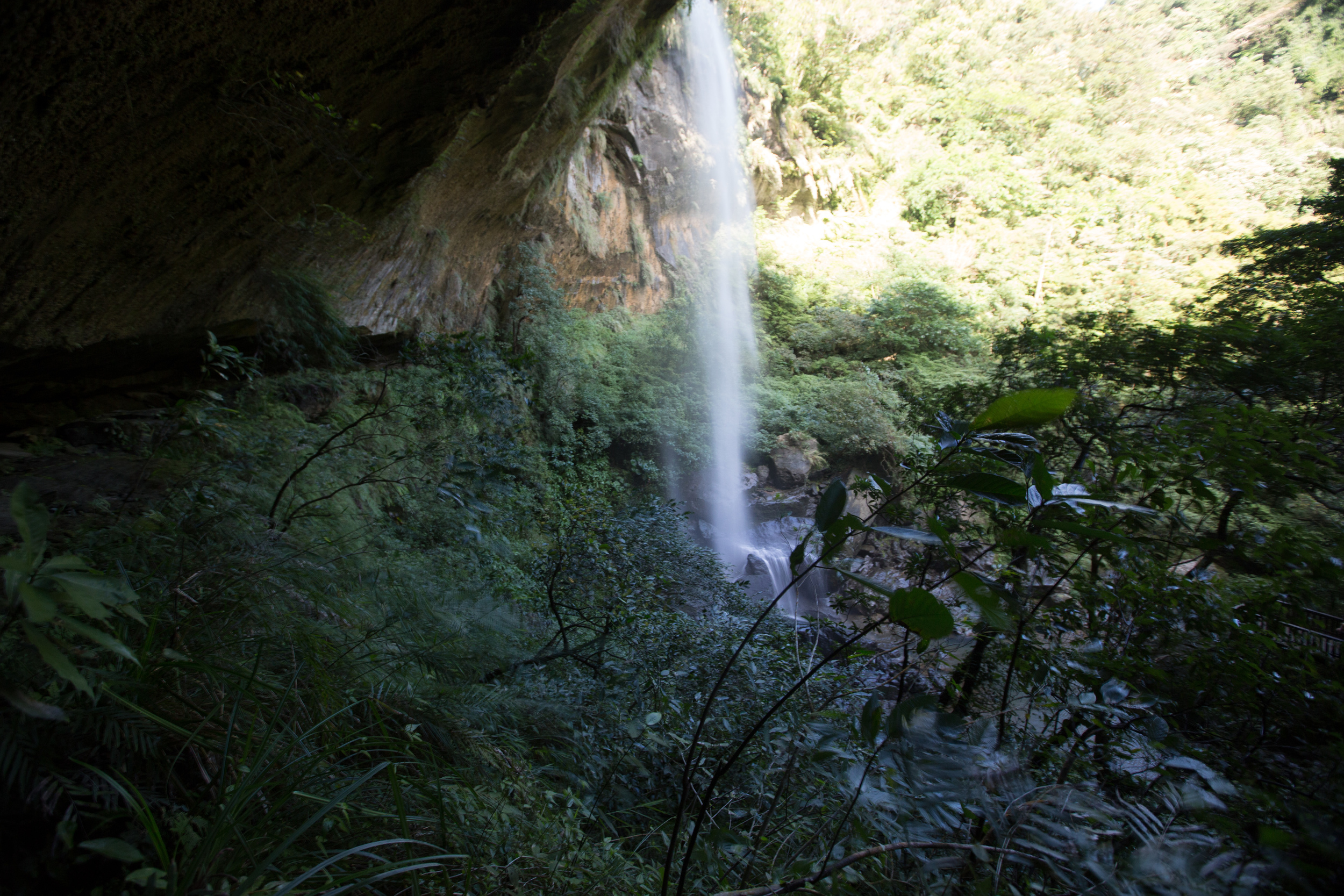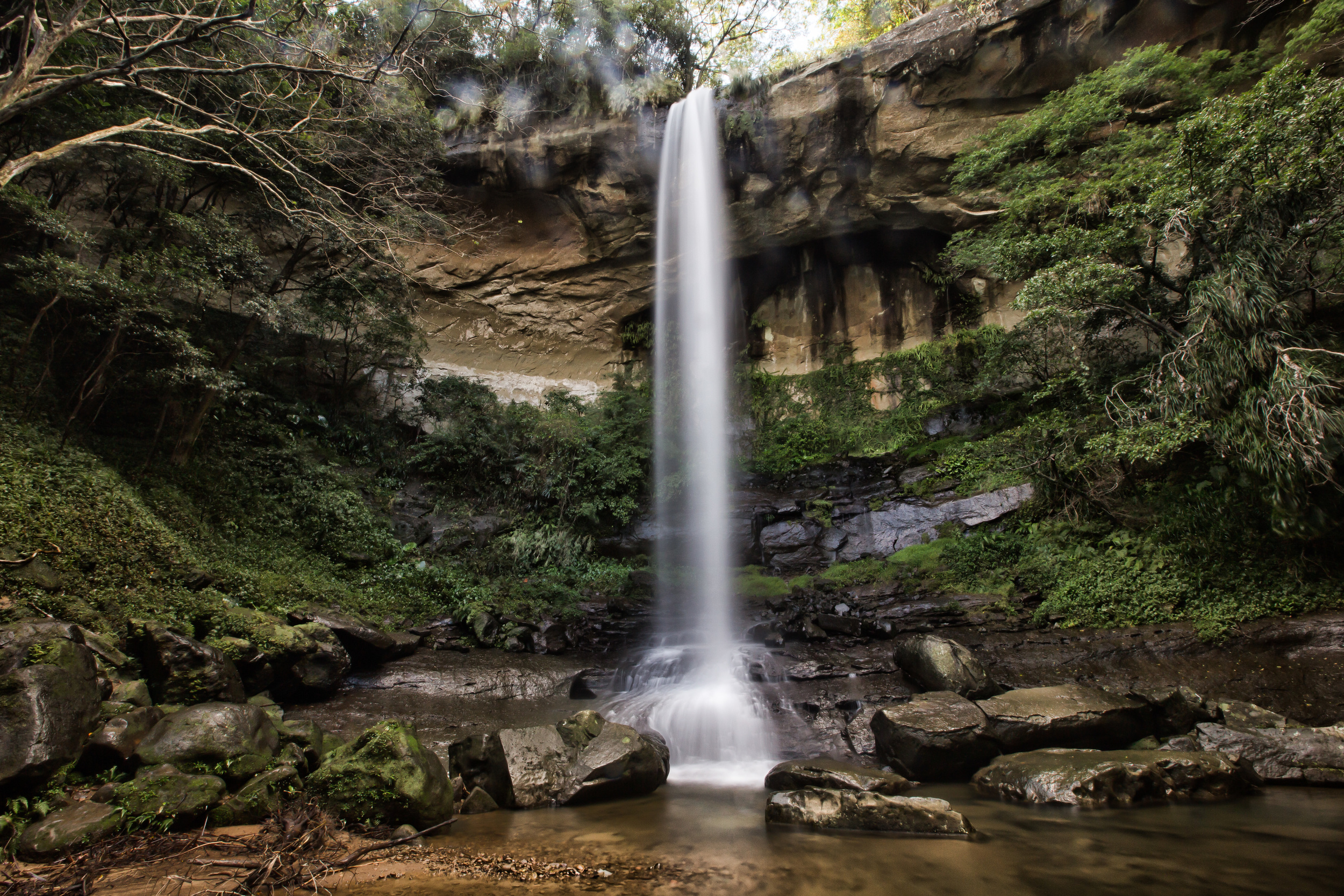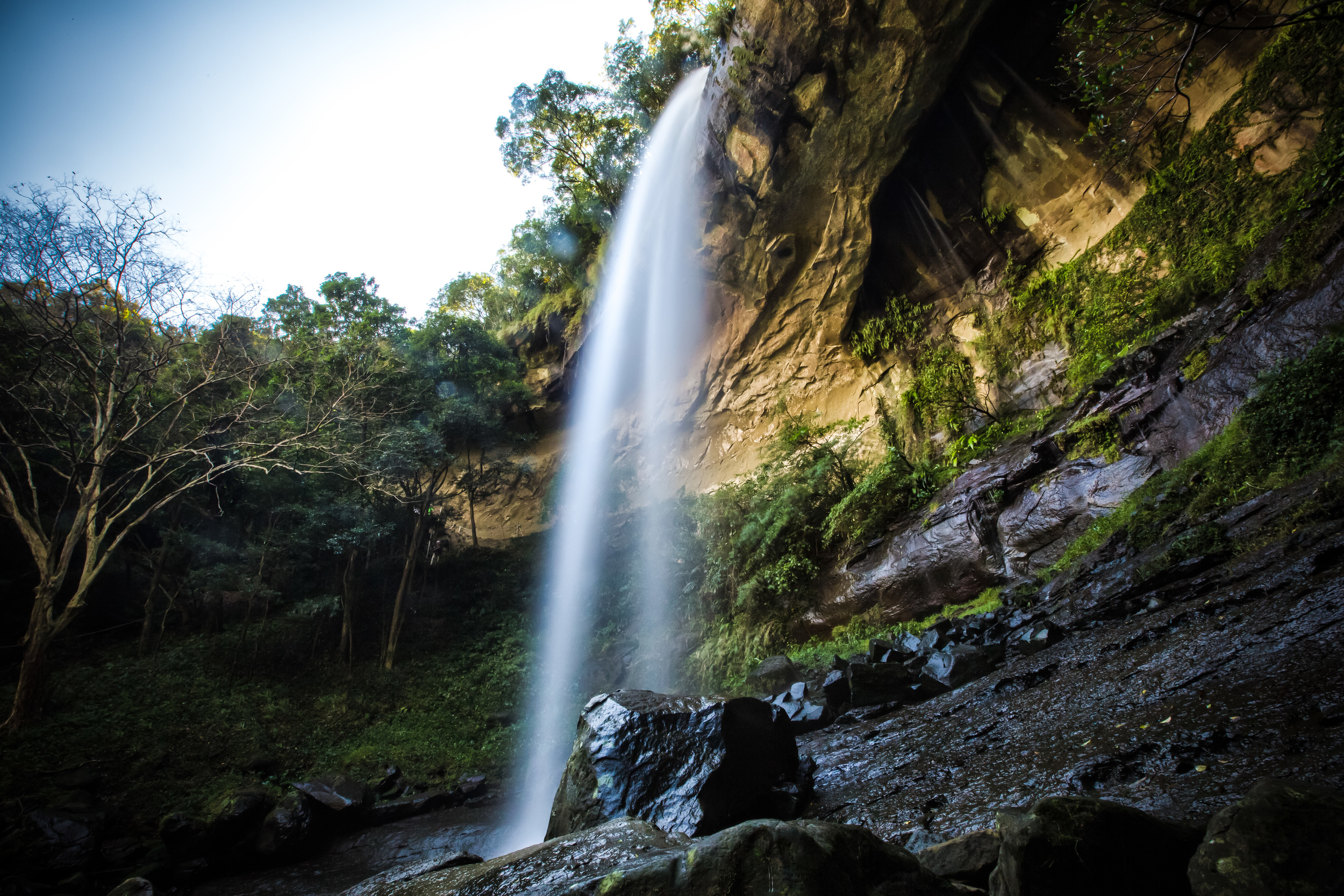I've always been a much bigger fan of the outdoors than I am of small crowded places. I was involved with the Boy Scouts of Canada when I was young and spent a lot of time learning a lot about life, camping and appreciating the natural environment. Now that I'm all grown up, you're still more likely to run into me while hiking on a mountain than in a nightclub or a mall.
When it comes to the major differences between Canada and Taiwan, population density is always the one aspect that stands out to me above all else. It's something that caused a bit of culture shock when I first arrived in Asia.
Taiwan is a lot like Canada when it comes to having a beautiful natural environment - but in Canada you tend to enjoy a lot of the environment in small groups as you'd have to drive pretty far to find someone who you didn't recognize and its the opposite in Taiwan.
When you're standing on the peak of a mountain with a panoramic view of the earth around you, you tend to realize how insignificant you are in the scheme of things and can be a great feeling. I feel the exact opposite insignificance though when I'm in a place where I'm completely surrounded by thousands of people going about their business.
One of the most popular tourist destinations for visitors coming to Taiwan is Jiufen (九份), a quiet village nestled in the mountains on the north east coast of the country.
This village is a prime example of a place where you'd see me at my highest level of discomfort.
The village is especially popular with tourists hailing from Japan as it was apparently the inspiration for the popular Japanese anime "Spirited Away" (千と千尋の神隠し) and more recently with Korean tourists as the village was featured on a popular television show there.
On any given day, if you are to arrive at Jiufen, you will encounter throngs of tourists exploring the old gold mining village and its popular "old street" which is popular for it's traditional setting, the mountains surrounding it and the many delicacies that can only be sampled there.
I've been to Jiufen several times with friends who have come to visit. It really is a nice place to visit and I highly recommend anyone coming to Taiwan to visit at least once, however due to the amount of people visiting, it is not one of my choice destinations.
Each and every time I've visited Jiufen, I've noticed and stared off into the distance at the towering Jilong mountain (雞籠山) which literally translates as "Chicken Cage Mountain" that is just a little bit up the road from the village. You can see the mountain for the entire bus ride up the highway to Jiufen and it almost seemed as if each time I was going that it was calling for me.
I've said to myself each time I've been to Jiufen that I have to climb it.
The problem though is that it constantly rains in the area.
Hiking in the rain is something you always have to be prepared for in Taiwan, especially in the north. So it wouldn't be that bad to do the hike in the rain - but I always want to get as many pictures as possible and don't want my camera to get drenched.
So, for a successful hiking trip, you essentially have to ask some locals which is the best temple to visit so you can pray to one of the gods to give you good weather for your hike.
I doubt it would work, but anything is worth a try right?
I put this mountain high up on my bucket list of activities to do over the summer months, so I paid close attention to the weather forecasts for a few weeks and finally found a free day where it seemed like the weather was going to be great, so I made a plan to climb the mountain.
When I left home the forecast looked quite promising and there were bright sunny skies on the train ride to Rueifang (瑞芳) and then on the bus on my way to the mountain.
It wasn't surprising however that just as I got off the bus in Jiufen, the skies turned dark grey and the sun quickly disappeared only to be replaced by a downpour.
It seemed however that it was just a normal afternoon shower that wouldn't last too long, so I decided to walk into the old street and grab a quick snack and wait out the rain.
Fortunately it didn't last long and the sun came out even brighter than before.
The trailhead for the mountain is a short walk up hill from the old street and can be easy to miss if you don't know what you're looking for.
Jilong mountain (雞籠山) isn't considered a high mountain at a modest 588 meters above sea level, but it is a great hike for people that prefer day-hikes to tackling some of Taiwan's 100 mountains that are over 3000 meters above sea level.
The mountain trail is well maintained and is more of a brisk walk uphill than an actual hike. On a hot day, there isn't much to separate you from the sun, so you need to be sure to take a lot of water with you. It's not very difficult though and takes about an hour depending on your pace and includes time for taking several breaks to get to the top.
While walking up the path there are several rest stops with pavilions where you can take a break and enjoy the scenery. On my hike I saw various species of butterflies, very cool neon blue looking iguanas and a couple of wild chickens who took off running really quickly when they saw me.
Some of the best views you'll have while hiking this mountain are when you stop for a break and look behind you. The view of Jiufen and the mountains surrounding the village are spectacular.
At the peak, there is a weather station and a clearing with benches and some shelter incase of rain. Here you will have excellent views of not old Jiufen, but the North East coast and if it is a clear day, all the way to Keelung city.
If you are planning a trip to Jiufen anytime soon, I highly recommend upon arrival that you take an hour or two to climb this mountain, enjoy the scenery and when you're done head back down to Jiufen for a relaxing sunset in one of the many teahouses overlooking the harbour below.
Map / Location
Gallery / Flickr (High Res Shots)
